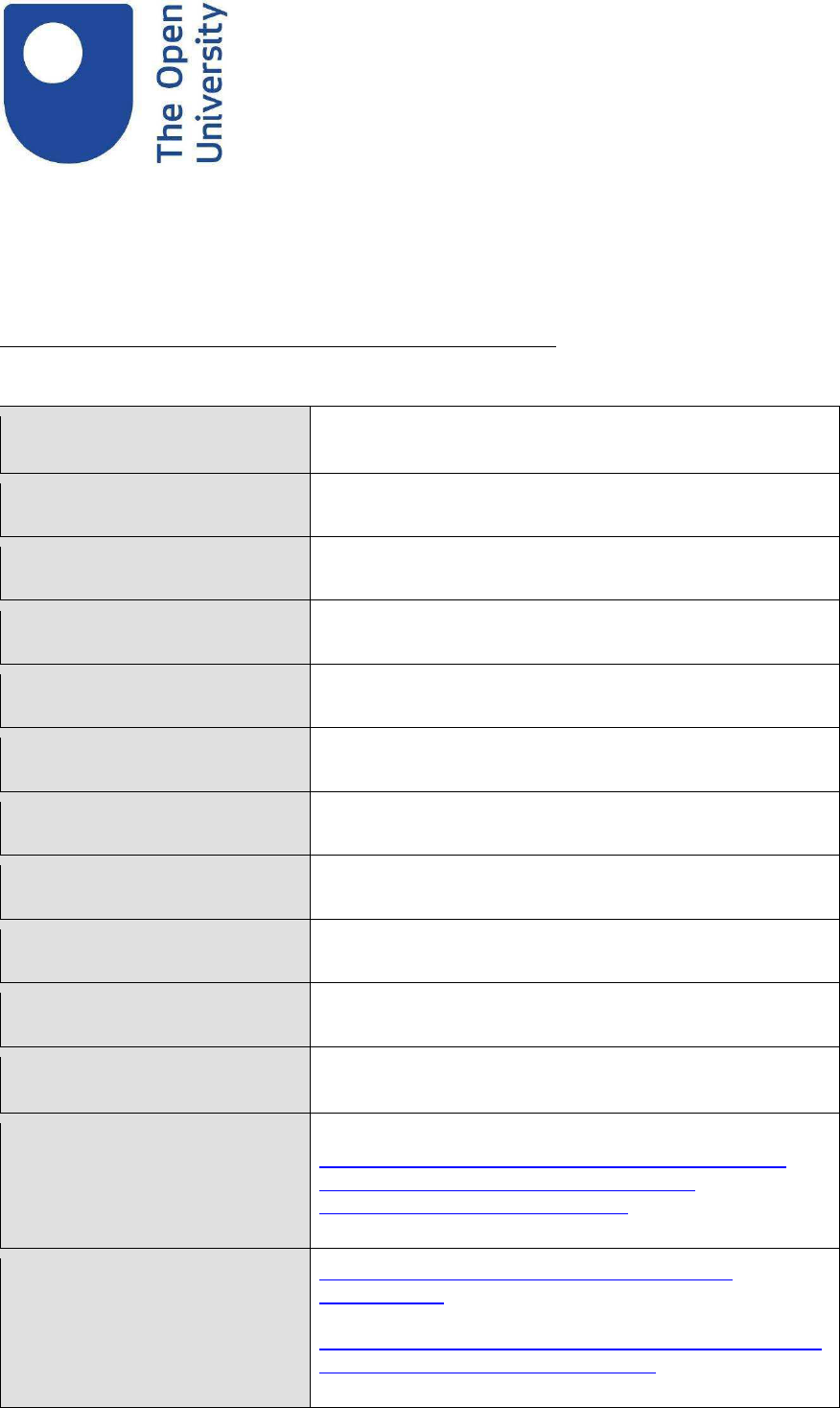
Template programme specification and curriculum map Page 1 of 69
Programme specification
(Notes on how to complete this template are provide in Annexe 3)
1. Overview/ factual information
Programme/award title(s)
BSc (Hons) Business Computing
Teaching Institution
American College of Thessaloniki
Awarding Institution
The Open University (OU)
Date of first OU validation
2013
Date of latest OU (re)validation
2022
Next revalidation
-
Credit points for the award
360
UCAS Code
N/A
HECoS Code
N/A
LDCS Code (FE Colleges)
N/A
Programme start date and cycle
of starts if appropriate.
September 2022
Underpinning QAA subject
benchmark(s)
https://www.qaa.ac.uk/docs/qaa/subject-benchmark-
statements/subject-benchmark-statement-
computing.pdf?sfvrsn=ef2c881_10
Other external and internal
reference points used to
inform programme outcomes.
For apprenticeships, the
standard or framework
https://www.bcs.org/media/1209/accreditation-
guidelines.pdf
https://www.acm.org/binaries/content/assets/education/c
urricula-recommendations/cc2020.pdf
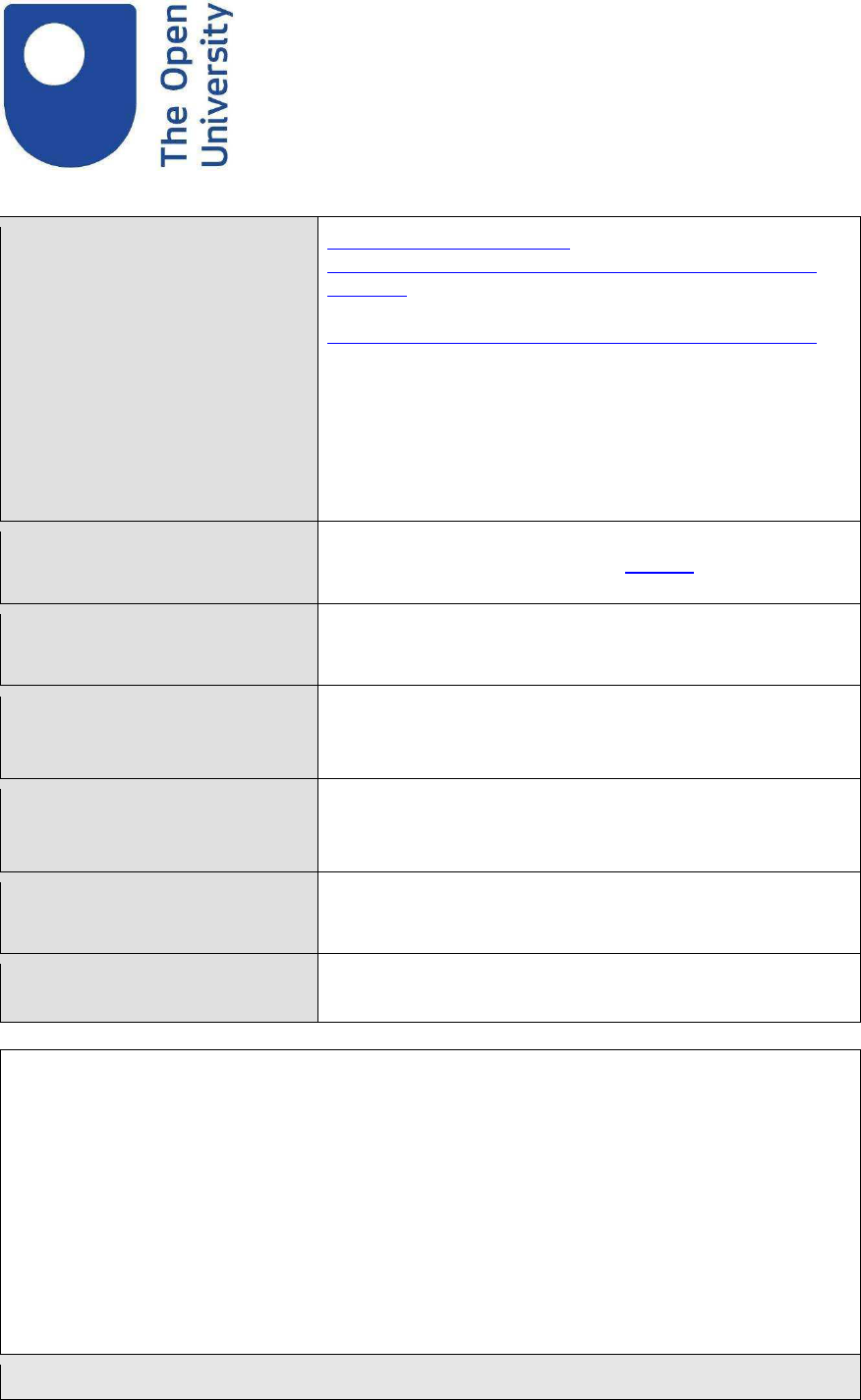
Template programme specification and curriculum map Page 2 of 69
against which it will be
delivered.
https://www.neche.org/wp-
content/uploads/2020/12/Standards-for-Accreditation-
2021.pdf
https://www.open.ac.uk/courses/computing-it/degrees
Review of selective Computer Science programs in
Greece, the U.K. and the U.S. was undertaken by the
Division’s faculty were consulted in the design of the
program. In addition BCS, ACM and ABET programme
guidelines were reviewed by the program leads for
general guidelines and future direction of the program.
Professional/statutory
recognition
Professional rights in Greece by ATEEN
For apprenticeships fully or
partially integrated Assessment.
N/A
Mode(s) of Study (PT, FT, DL,
Mix of DL & Face-to-Face)
Apprenticeship
FT, PT
Duration of the programme for
each mode of study
FT: 4 years, PT: 4.5 + years
Dual accreditation (if applicable)
NECHE (USA)
Date of production/revision of
this specification
Spring 2022
Please note: This specification provides a concise summary of the main features
of the programme and the learning outcomes that a typical student might
reasonably be expected to achieve and demonstrate if s/he takes full advantage
of the learning opportunities that are provided.
More detailed information on the learning outcomes, content, and teaching,
learning and assessment methods of each module can be found in student
module guide(s) and the students handbook.
The accuracy of the information contained in this document is reviewed by the
University and may be verified by the Quality Assurance Agency for Higher
Education.
2.1 Educational aims and objectives
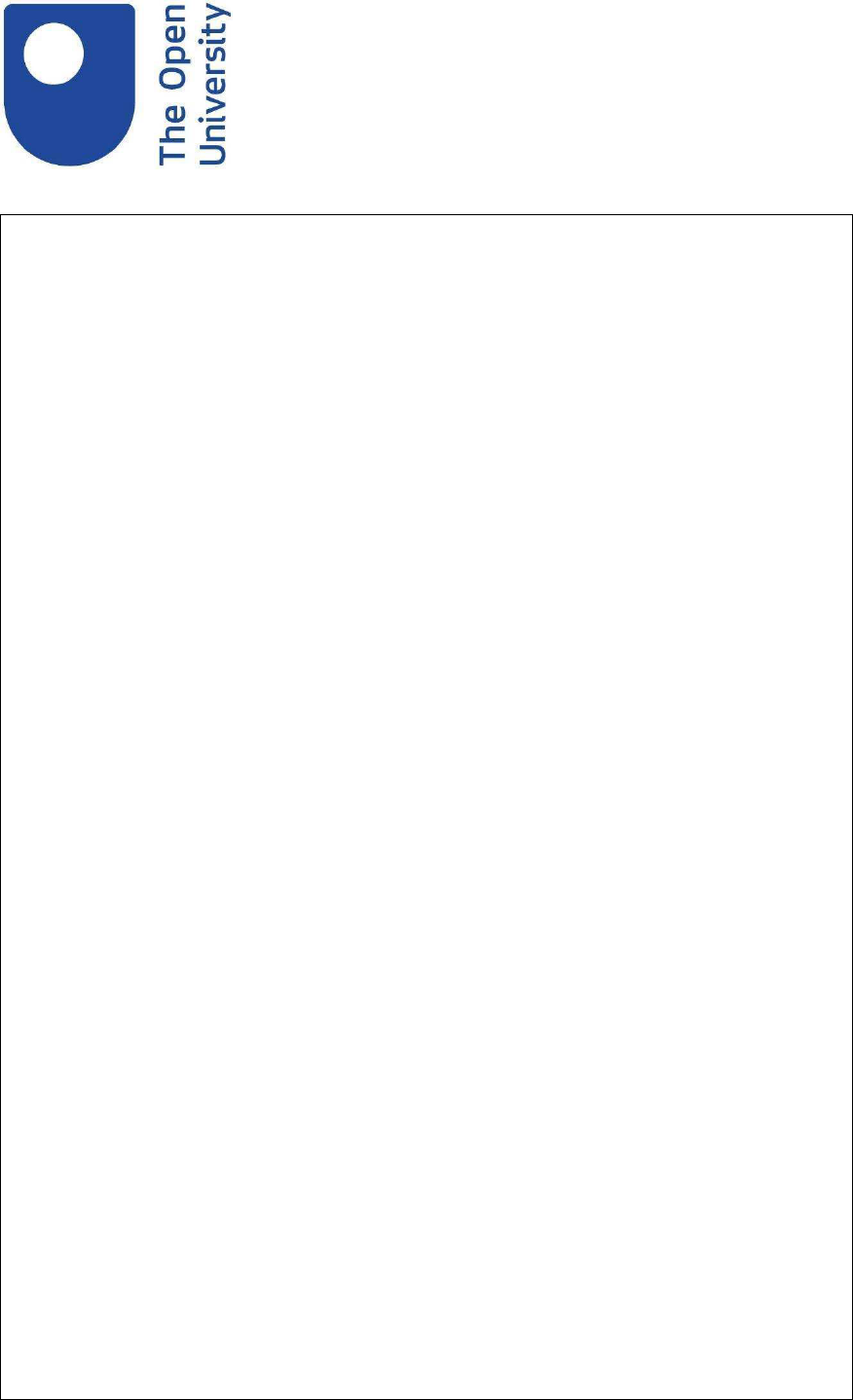
Template programme specification and curriculum map Page 3 of 69
The programme of studies for the ACT’s BSs (Hons) in Business Computing has been
designed as a current and innovative one, focused primarily to equip its graduates with
appropriate knowledge and skills required for the market place, making them highly
employable. At the same time the breadth and depth of the modules leading to their
degrees is such as to allow them to continue in higher level studies if they wish.
Special Features
The degree in Business Computing is a hybrid programmes that provides an excellent
blend of Business knowledge and computing technologies. The programme focuses on
fundamental areas of Business (Management, Marketing, Accounting, Finance and
Economics) and covers a breadth of Information Technologies (electronic office,
programming, databases, multimedia, networking and the Web, security). Graduates of
the programmes will have the skills and training needed to understand Business
functions, to analyse Business-user information needs and to design and implement
information systems.
The BSc (Hons) in Business Computing prepares the student for a career either in the
field of Computer Science or its applications in the field of Business. The programme
develops broadly educated and competent graduates ready to pursue professional
careers or graduate studies in either Business or Computer Science.
The programme places an emphasis on technology based teaching. A Learning
Management System (LMS) is used in a number of modules as communication,
coordination and dissemination tools.
Training in research methods and a final year capstone project provide the theoretical
and practical framework for successful performance of programmes graduates in industry
or academia.
The programmes serves the following fundamental aims:
● Provide QAA standards level education in Business Computing appropriate for
either a career in industry or graduate studies. Such education shall cover a
wide range of knowledge and understanding in all relevant areas of a rigorous
curriculum and foster problem solving skills and information literacy.
● To provide work opportunities in the fields of Business Studies and/or Computer
Science by combining academic theory, practical implementation of skills and
exposure to Information Technology.
● To develop knowledge, understanding, problem solving skills and, where
possible, experience in the field of Business Studies with emphasis in the
application of Information Technology.
● To provide exposure, training and experience in major fields of computing
especially pertaining to the office and enterprise: electronic office,
programming, databases, multimedia, networking and the Web, security.
● To develop appreciation, assessment, analysis, design, usage and
programming skills applied to enterprise problem solving through Information
Technology.

Template programme specification and curriculum map Page 4 of 69
● To produce reflective, market-aware members of contemporary society through
exposure to multiple disciplines their interrelationship and a wider breadth of
learning.
● To instil lifelong values, ethos and responsibility surrounding professional
practice.
Programme Learning Outcomes (PLOs)
A total of four (4) distinct categories of learning outcomes have been identified, as follows:
A. Knowledge and Understanding
B. Cognitive Skills
C. Practical and Professional Skills
D. Key/Transferable Skills
Different learning outcomes are identified per Level, both in context and in numbers as
well. A brief overview of the Learning outcomes per level is as follows:
Level 4 (p.6 – p.13)
A. Knowledge and Understanding: A1 – A6
B. Cognitive Skills: B1-B3
C. Practical and Professional Skills: C1-C6
D. Key/Transferable Skills: D1-D5
Level 5 (p.13 – p.19)
A. Knowledge and Understanding: A1 – A6
B. Cognitive Skills: B1-B5
C. Practical and Professional Skills: C1-C6
D. Key/Transferable Skills: D1-D6
Level 6 (p.20 – p.27)
A. Knowledge and Understanding: A1 – A6
B. Cognitive Skills: B1-B7
C. Practical and Professional Skills: C1-C7
D. Key/Transferable Skills: D1-D6
The numbering convention is the same for all Levels (as requested by the OU template),
yet the actual context of each PLO differs, so as to reflect the skills and abilities of each
level (Bloom’s taxonomy framework has been taken into consideration). Specific details
on the Programme Learning Outcomes per Level are presented on Section 3 –
Programme structure and learning outcomes.
2.2 Relationship to other programmes and awards
(Where the award is part of a hierarchy of awards/programmes, this section describes
the articulation between them, opportunities for progression upon completion of the
programme, and arrangements for bridging modules or induction)
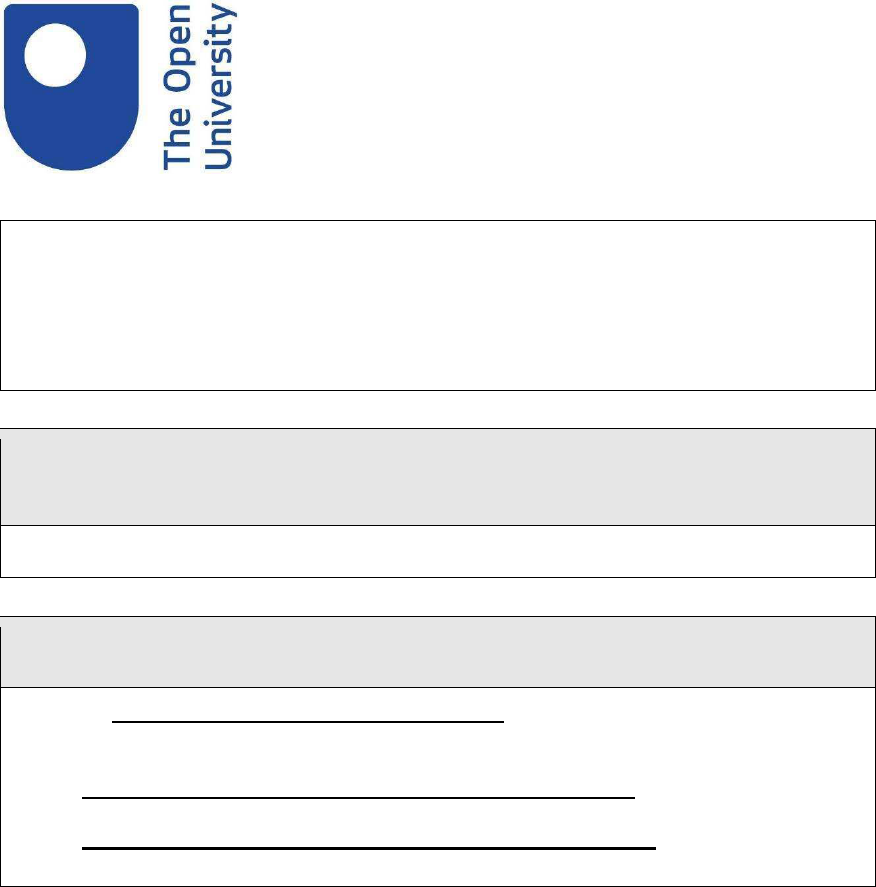
Template programme specification and curriculum map Page 5 of 69
Degree candidates majoring in Business Computing at ACT take modules from the
Division of Technology and Science (which offers the Business Computing degree) as
well as the Division of Business (which has its degree and all pathways validated by the
OU as well)
2.3 For Foundation Degrees, please list where the 60 credit work-related learning takes
place. For apprenticeships an articulation of how the work based learning and
academic content are organised with the award.
N/A
2.4 List of all exit awards
●
BS
c
Ordinary in Business Computing
/300 credits (120 at Level 4, 120 at
Level 5, and at least 60 at Level 6, but not including Computer Science 443/444
– Thesis I/II)
● Diploma of Higher Education in Business Computing/ 240 credits (120 at
Level 4, 120 at Level 5)
● Certificate of Higher Education in Business Computing (120 credits at Level
4)
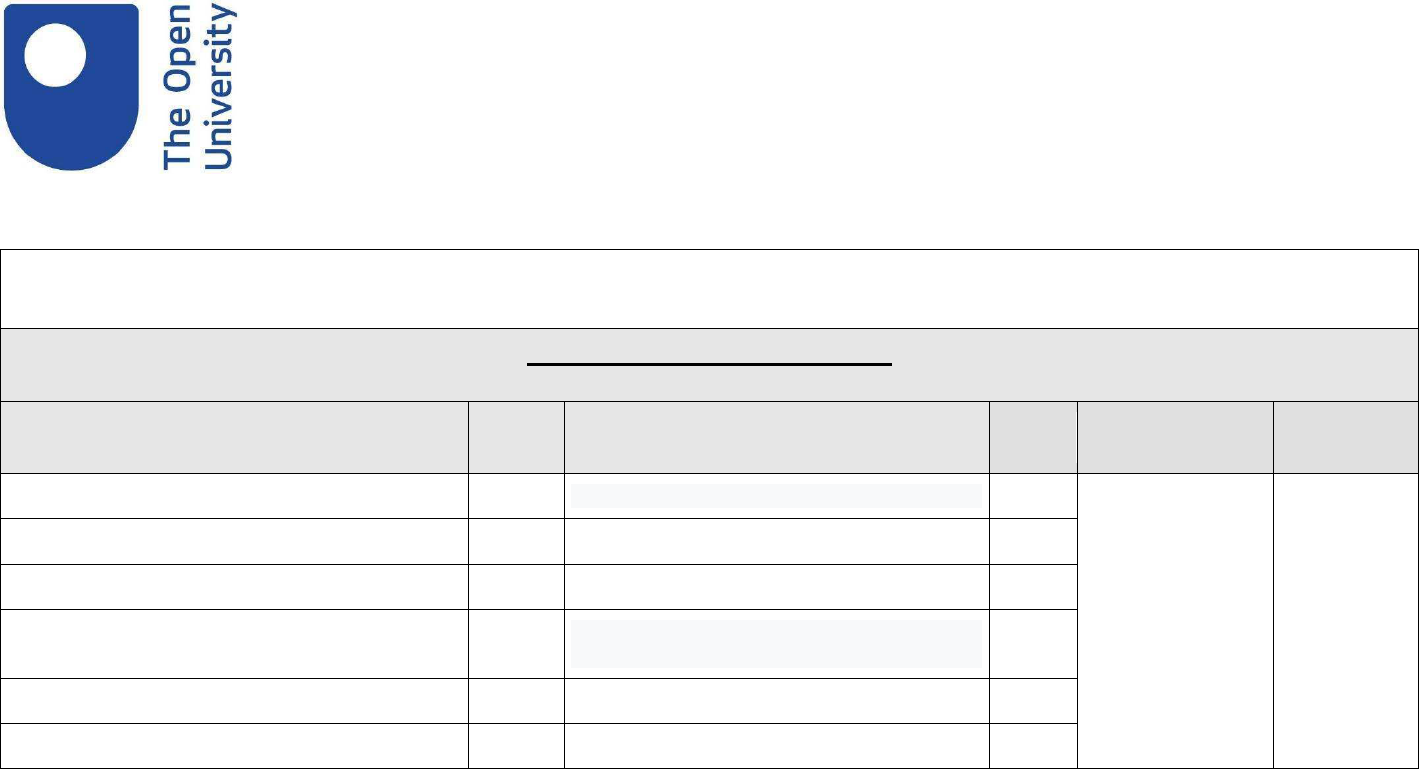
Template programme specification and curriculum map Page 6 of 69
3. Programme structure and learning outcomes
(The structure for any part-time delivery should be presented separately in this section.)
Programme Structure
-
LEVEL 4
Compulsory modules
Credit
points
Optional modules
Credit
points
Is module
compensatable?
Semester
runs in
CSC 105
-
Structured Programming
15
Economics 101
-
Introductory Economics
15
N/A
Varies by
students
cohort
entrance
(Fall or
Spring)
CSC 106
-
Object Oriented Programming
15
Marketing 101
-
Introduction to Marketing
15
CSC 205
-
Business Data Management
15
Accounting 101
-
Financial Accounting
15
CSC 215
-
Data Structures
15
Management 101
-
Introduction to
Management
15
MATH 115
-
Business Calculus
15
STAT 2
10
-
Statistics with R
15
Intended learning outcomes at Level 4 are listed below:
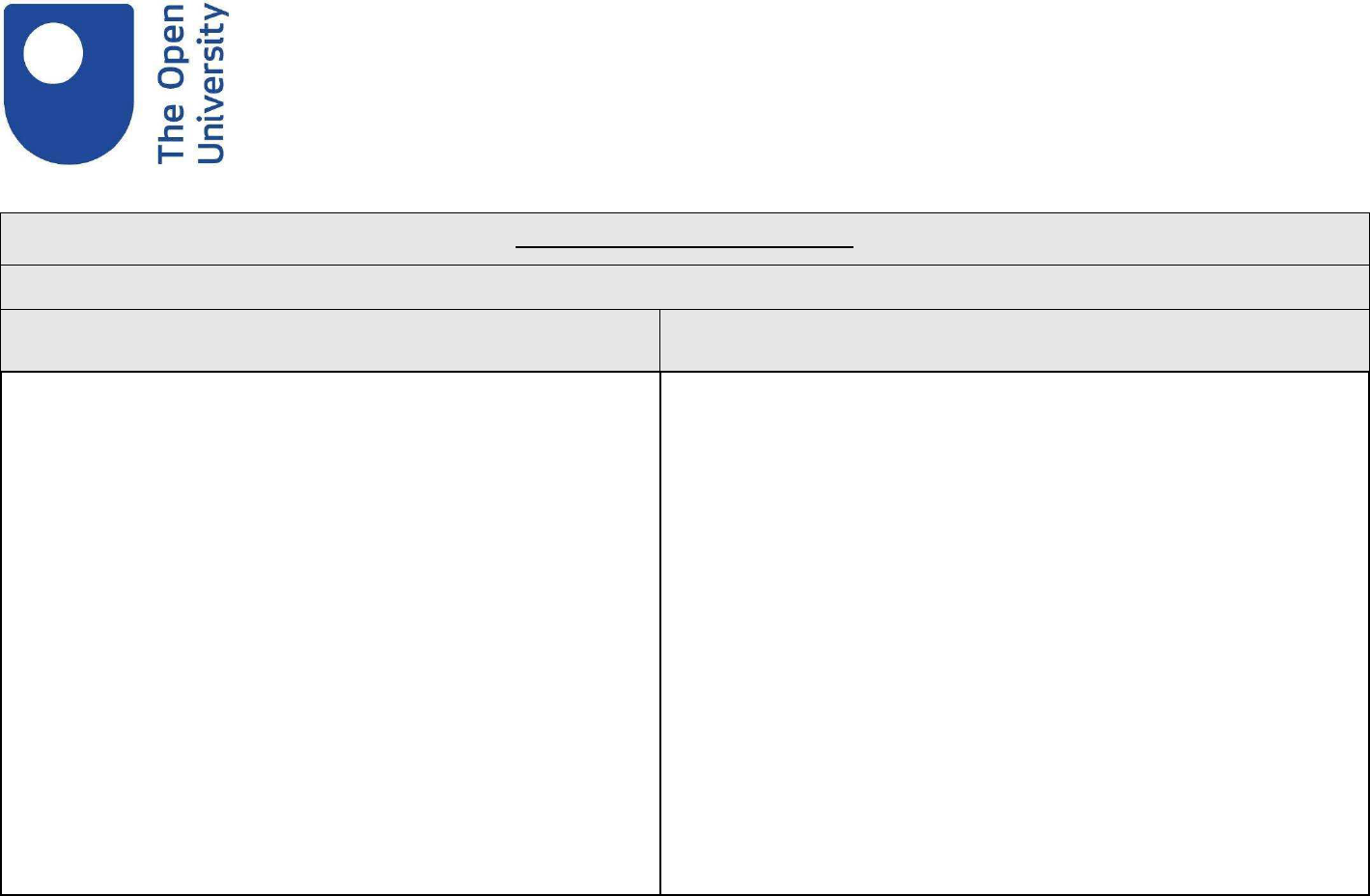
Template programme specification and curriculum map Page 7 of 69
Learning Outcomes
–
LEVEL 4
3A. Knowledge and understanding
Learning outcomes: Learning and teaching strategy/ assessment methods
A. Knowledge and understanding – On completion of this level
you will have:
1) an understanding of some fundamental principles,
concepts and techniques underlying Business Computing;
2) an awareness of the range of models and languages to
support the analysis and design of Business Computing
systems;
3) an awareness of the range of situations in which Business
Computing systems are used and the ways in which people
interact with them;
4) an awareness of the ethical, social and legal issues that
can be associated with the deployment of Business
Computing systems;
Guided teaching environment (Lectures & labs) is the principal method of delivery
for the concepts, principles and skills involved in the outcomes. Students are also
directed to reading from textbooks, academic papers and other relevant material.
Understanding is reinforced by means of exercise classes, discussion groups,
laboratories, assignments and project work.
Tools to be used to achieve this will include some or all from the following:
● printed and online teaching texts
● directed readings from textbooks and papers
● Specialised software tools.
Support of learning:
Learning is supported outside the classroom with the use of the learning
management system Moodle, instructor office hours, sample answers to
assessment and extra lectures as seen appropriate by the instructor.
Tools to be used to achieve this will include some or all from the following:

Template programme specification and curriculum map Page 8 of 69
Learning Outcomes
–
LEVEL 4
3A. Knowledge and understanding
5) an awareness of major trends in Business Computing and
of the implications of these trends.
6) an awareness of Business Processes and be able to
demonstrate understanding in the areas of: Accounting,
Finance, Management and Marketing
● self-assessment questions and exercises, included in the teaching texts
● programming tasks, computer-based investigations and open-ended
project work
● feedback and guidance from an instructor; tutorials, revisions and in-class
activities
● e-mail and individual instructor-learner conferences
● Study and project guides.
Assessment of learning:
An assessment of the understanding of underlying concepts and principles forms
part of the overall assessment of final exams/projects submitted/taken.
Tools to be used to achieve this will include some or all from the following:
● Instructor-Marked summative formal examinations
● Instructor-Marked summative projects
● Instructor-Marked summative presentations
● Instructor-Marked formative assignments/assessment
Instructor-Marked formative projects
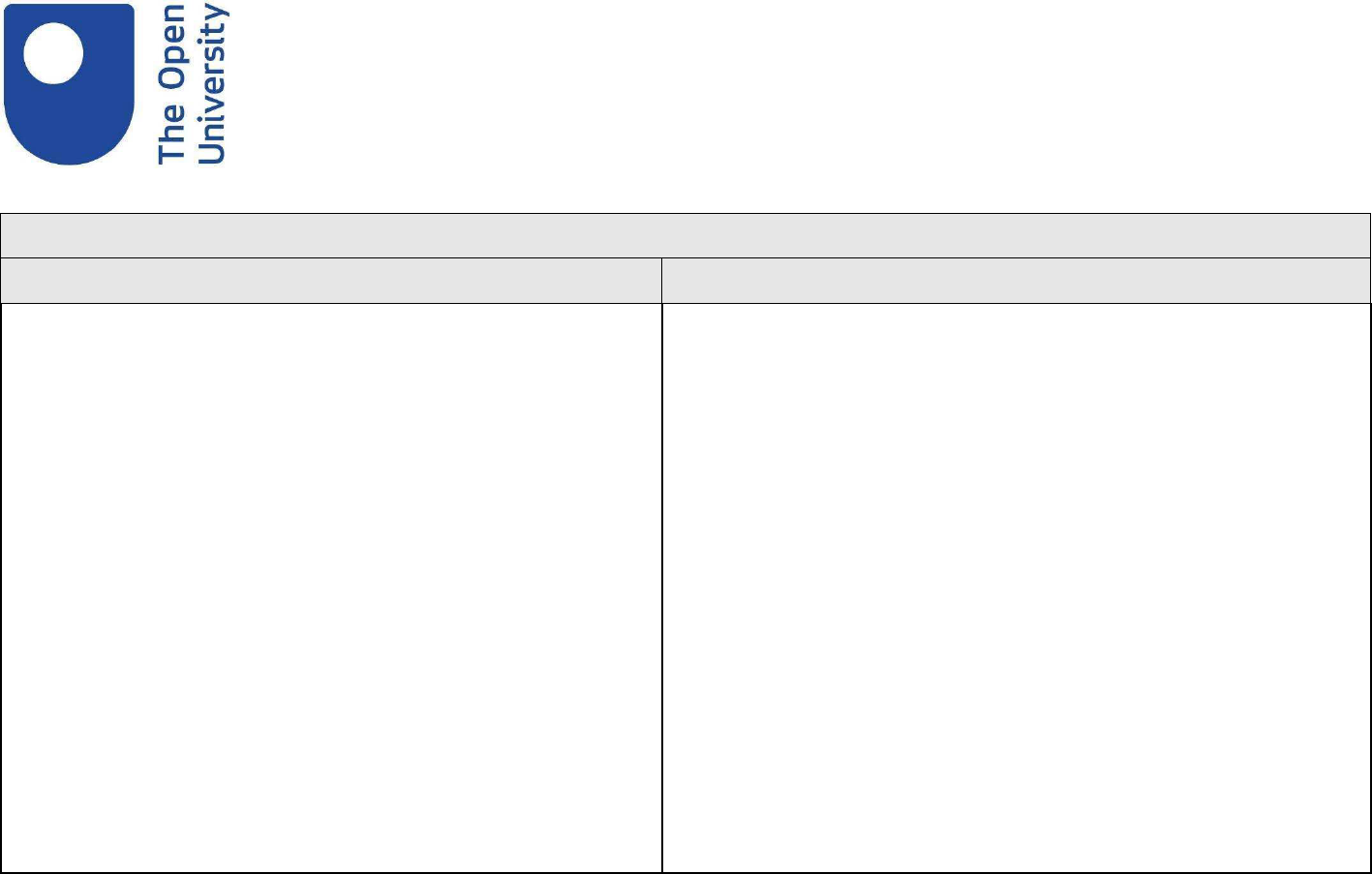
Template programme specification and curriculum map Page 9 of 69
3B. Cognitive skills
Learning
outcomes:
Learning and teaching strategy/ assessment methods
B. Cognitive skills – On completion of this level you will be able to:
1) apply key concepts from Business Computing in specified
contexts;
2) apply appropriate techniques and tools for, problem-
solving, designing and testing Business Computing systems;
3) carry out a project in Business Computing that applies
and extends your knowledge and understanding;
Guided teaching environment (Lectures & labs) is the principal method of delivery
for the concepts, principles and skills involved in the outcomes. Students are also
directed to reading from textbooks, academic papers and other relevant material.
Understanding is reinforced by means of exercise classes, discussion groups,
laboratories, assignments and project work.
Tools to be used to achieve this will include some or all from the following:
● printed and online teaching texts
● directed readings from textbooks and papers
● Specialised software tools.
Support of learning:
Learning is supported outside the classroom with the use of the learning
management system Moodle, instructor office hours, sample answers to
assessment and extra lectures as seen appropriate by the instructor.
Tools to be used to achieve this will include some or all from the following:
● self-assessment questions and exercises, included in the teaching texts
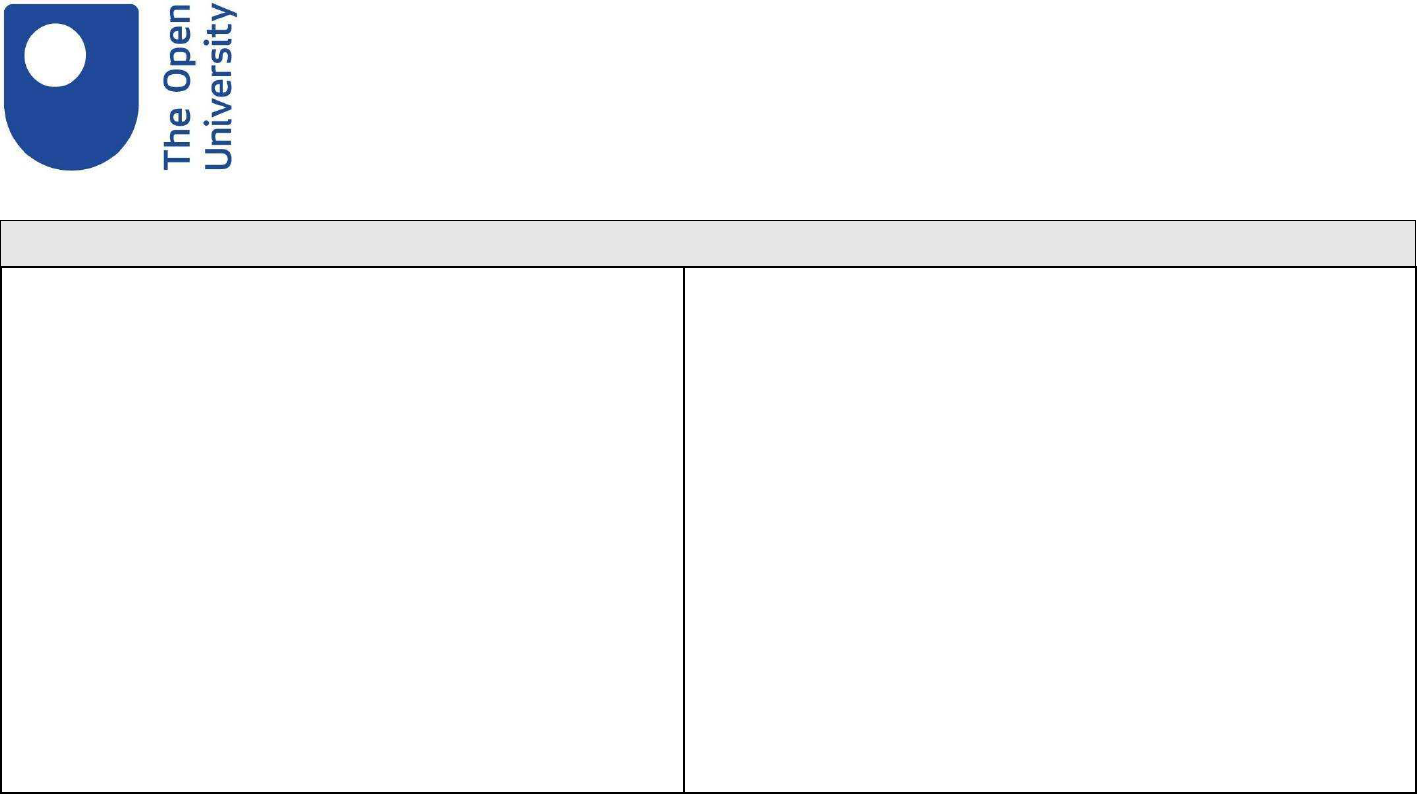
Template programme specification and curriculum map Page 10 of 69
3B. Cognitive skills
● programming tasks, computer-based investigations and open-ended
project work
● feedback and guidance from an instructor; tutorials, revisions and in-class
activities
● e-mail and individual instructor-learner conferences
● Study and project guides.
Assessment of learning:
An assessment of the understanding of underlying concepts and principles forms
part of the overall assessment of final exams/projects submitted/taken.
Tools to be used to achieve this will include some or all from the following:
● Instructor-Marked summative formal examinations
● Instructor-Marked summative projects
● Instructor-Marked summative presentations
● Instructor-Marked formative assignments/assessment
Instructor-Marked formative projects

Template programme specification and curriculum map Page 11 of 69
3C. Practical and professional skills
Learning outcomes:
Learning and teaching strategy/ assessment methods
C. Key skills – On completion of this level you will be able to:
1) communicate information, arguments ideas and issues
clearly and in appropriate ways;
2) work in a group, communicating effectively in a distance
setting where the communication is computer-mediated;
3) work independently, planning, monitoring, reflecting on
and improving your own learning;
4) find information from a variety of sources, using
information technology where necessary;
5) use appropriate numerical techniques to solve problems.
6) apply suitable techniques to solve simple Business
Computing problems.
Guided teaching environment (Lectures & labs) is the principal method of delivery
for the concepts, principles and skills involved in the outcomes. Students are also
directed to reading from textbooks, academic papers and other relevant material.
Understanding is reinforced by means of exercise classes, discussion groups,
laboratories, assignments and project work.
Tools to be used to achieve this will include some or all from the following:
● printed and online teaching texts
● directed readings from textbooks and papers
● Specialised software tools.
Support of learning:
Learning is supported outside the classroom with the use of the learning
management system Moodle, instructor office hours, sample answers to
assessment and extra lectures as seen appropriate by the instructor.
Tools to be used to achieve this will include some or all from the following:
● self-assessment questions and exercises, included in the teaching texts
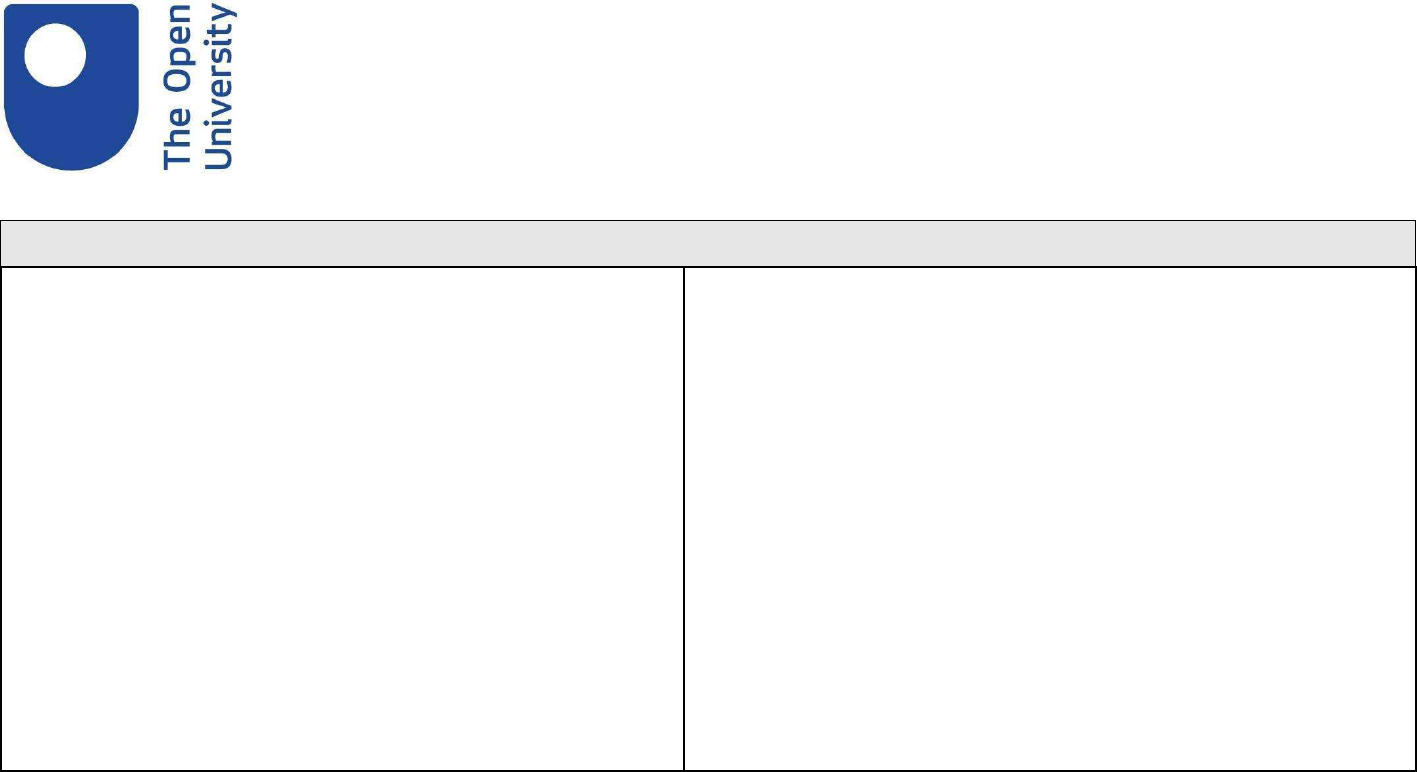
Template programme specification and curriculum map Page 12 of 69
3C. Practical and professional skills
● programming tasks, computer-based investigations and open-ended
project work
● feedback and guidance from an instructor; tutorials, revisions and in-class
activities
● e-mail and individual instructor-learner conferences
● Study and project guides.
Assessment of learning:
An assessment of the understanding of underlying concepts and principles forms
part of the overall assessment of final exams/projects submitted/taken.
Tools to be used to achieve this will include some or all from the following:
● Instructor-Marked summative formal examinations
● Instructor-Marked summative projects
● Instructor-Marked summative presentations
● Instructor-Marked formative assignments/assessment
● Instructor-Marked formative projects

Template programme specification and curriculum map Page 13 of 69
3D. Key/transferable skills
Learning outcomes:
Learning and teaching strategy/ assessment methods
D. Practical and/or professional skills – On completion of this level
you will be able to:
1) develop and test technology simple Business Computing
systems;
2) plan and organise yourself and your work appropriately;
3) undertake on-going learning in order to keep up to date
with Business Computing;
4) identify the ethical, social and legal issues that may arise
during the development and use of Business Computing
systems;
5) use appropriate professional ICT tools, as appropriate,
to help you learn effectively.
Guided teaching environment (Lectures & labs) is the principal method of delivery
for the concepts, principles and skills involved in the outcomes. Students are also
directed to reading from textbooks, academic papers and other relevant material.
Understanding is reinforced by means of exercise classes, discussion groups,
laboratories, assignments and project work.
Tools to be used to achieve this will include some or all from the following:
● printed and online teaching texts
● directed readings from textbooks and papers
● Specialised software tools.
Support of learning:
Learning is supported outside the classroom with the use of the learning
management system Moodle, instructor office hours, sample answers to
assessment and extra lectures as seen appropriate by the instructor.
Tools to be used to achieve this will include some or all from the following:
● self-assessment questions and exercises, included in the teaching texts
● programming tasks, computer-based investigations and open-ended
project work

Template programme specification and curriculum map Page 14 of 69
3D. Key/transferable skills
● feedback and guidance from an instructor; tutorials, revisions and in-class
activities
● e-mail and individual instructor-learner conferences
● Study and project guides.
Assessment of learning:
An assessment of the understanding of underlying concepts and principles forms
part of the overall assessment of final exams/projects submitted/taken.
Tools to be used to achieve this will include some or all from the following:
● Instructor-Marked summative formal examinations
● Instructor-Marked summative projects
● Instructor-Marked summative presentations
● Instructor-Marked formative assignments/assessment
● Instructor-Marked formative projects
If the learning outcomes have been met, then the student is entitled to receive a Certificate of Higher Education in Business Computing (120 credits at
Level 4)

Template programme specification and curriculum map Page 15 of 69
Programme Structure
-
LEVEL 5
Compulsory modules
Credit
points
Optional modules
Credit
points
Is module
compensatable?
Semester
runs in
CSC 206
-
Web Development
15
N/A
Varies by
students
cohort
entrance
(Fall or
Spring)
CSC 306
-
Advanced Web Development
15
CSC 312
-
Database Management Systems
15
CSC 340
-
Artificial Intelligence
15
CSC 450
-
System Analysis and Design
15
FIN 201
-
Financial Management
15
MAN 201
-
Organisational Behaviour
15
RES 299
-
Research Methods
15
Intended learning outcomes at Level 5 are listed below:
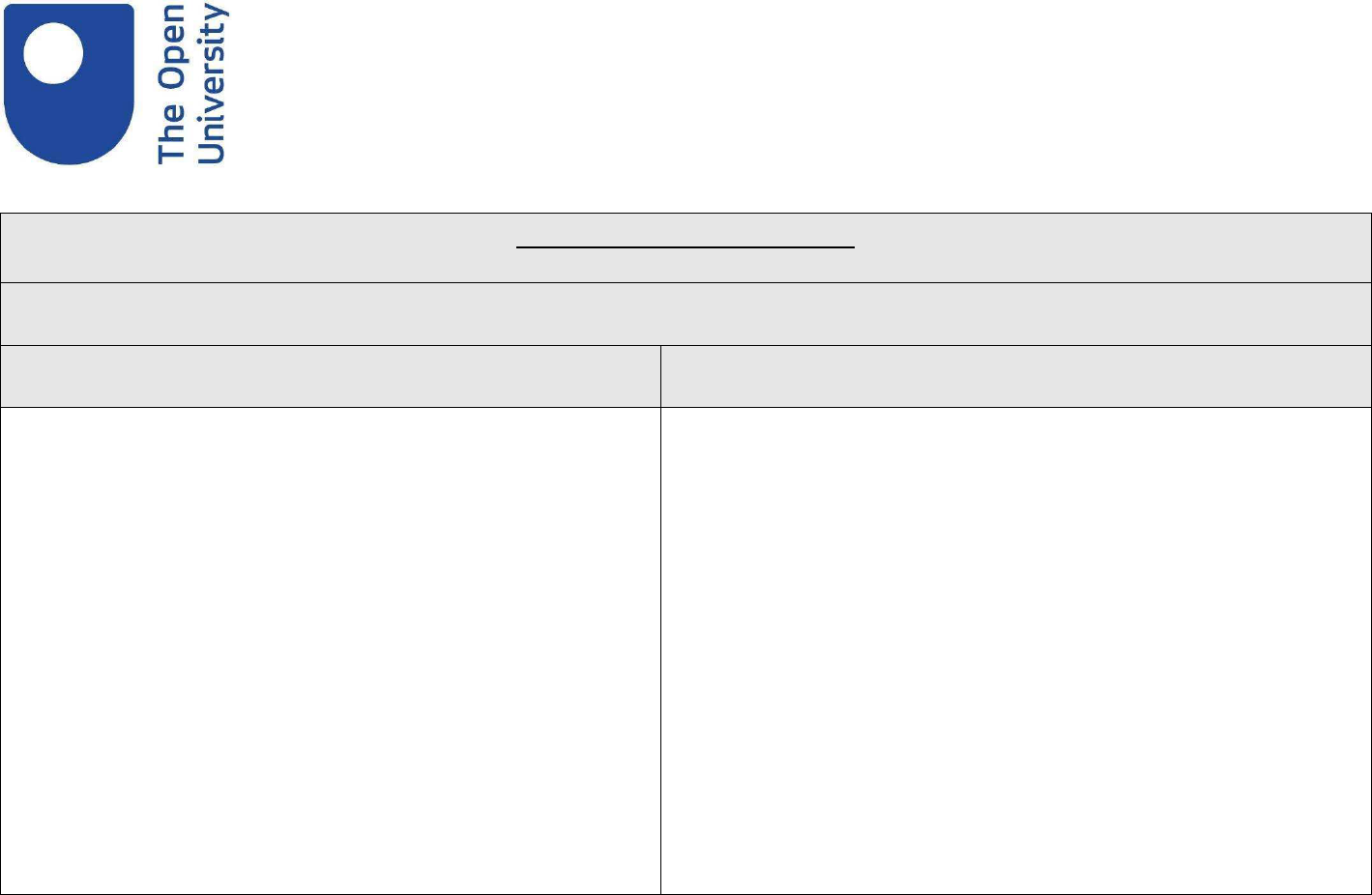
Template programme specification and curriculum map Page 16 of 69
Learning Outcomes
–
LEVEL 5
3A. Knowledge and understanding
Learning outcomes: Learning and teaching strategy/ assessment methods
A.
Knowledge and understanding
–
On completion of this
level
you will have:
1) a knowledge and understanding of relevant principles and
concepts underlying Business Computing;
2) an ability to apply correctly common techniques for the design
and development of Business Computing systems;
3) an awareness of the range of situations in which Business
Computing systems are used and the ways in which people
interact with them;
4) an appreciation of the ethical, social and legal issues that can
be associated with the deployment of Business Computing
systems;
Guided teaching environment (Lectures & labs) is the principal method of delivery
for the concepts, principles and skills involved in the outcomes. Students are also
directed to reading from textbooks, academic papers and other relevant material.
Understanding is reinforced by means of exercise classes, discussion groups,
laboratories, assignments and project work.
Tools to be used to achieve this will include some or all from the following:
● printed and online teaching texts
● directed readings from textbooks and papers
● Specialised software tools.
Support of learning:
Learning is supported outside the classroom with the use of the learning
management system Moodle, instructor office hours, sample answers to
assessment and extra lectures as seen appropriate by the instructor.
Tools to be used to achieve this will include some or all from the following:
● self-assessment questions and exercises, included in the teaching texts
● programming tasks, computer-based investigations and open-ended
project work
● feedback and guidance from an instructor; tutorials, revisions and in-class
activities

Template programme specification and curriculum map Page 17 of 69
Learning Outcomes
–
LEVEL 5
3A. Knowledge and understanding
5) an awareness of major trends in Business Computing and of
the implications of these trends;
6) the ability analyse Business Processes and be able to apply
understanding in the areas of: Accounting, Finance,
Management and Marketing.
● e-mail and individual instructor-learner conferences
● Study and project guides.
Assessment of learning:
An assessment of the understanding of underlying concepts and principles forms
part of the overall assessment of final exams/projects submitted/taken.
Tools to be used to achieve this will include some or all from the following:
● Instructor-Marked summative formal examinations
● Instructor-Marked summative projects
● Instructor-Marked summative presentations
● Instructor-Marked formative assignments/assessment
Instructor-Marked formative projects
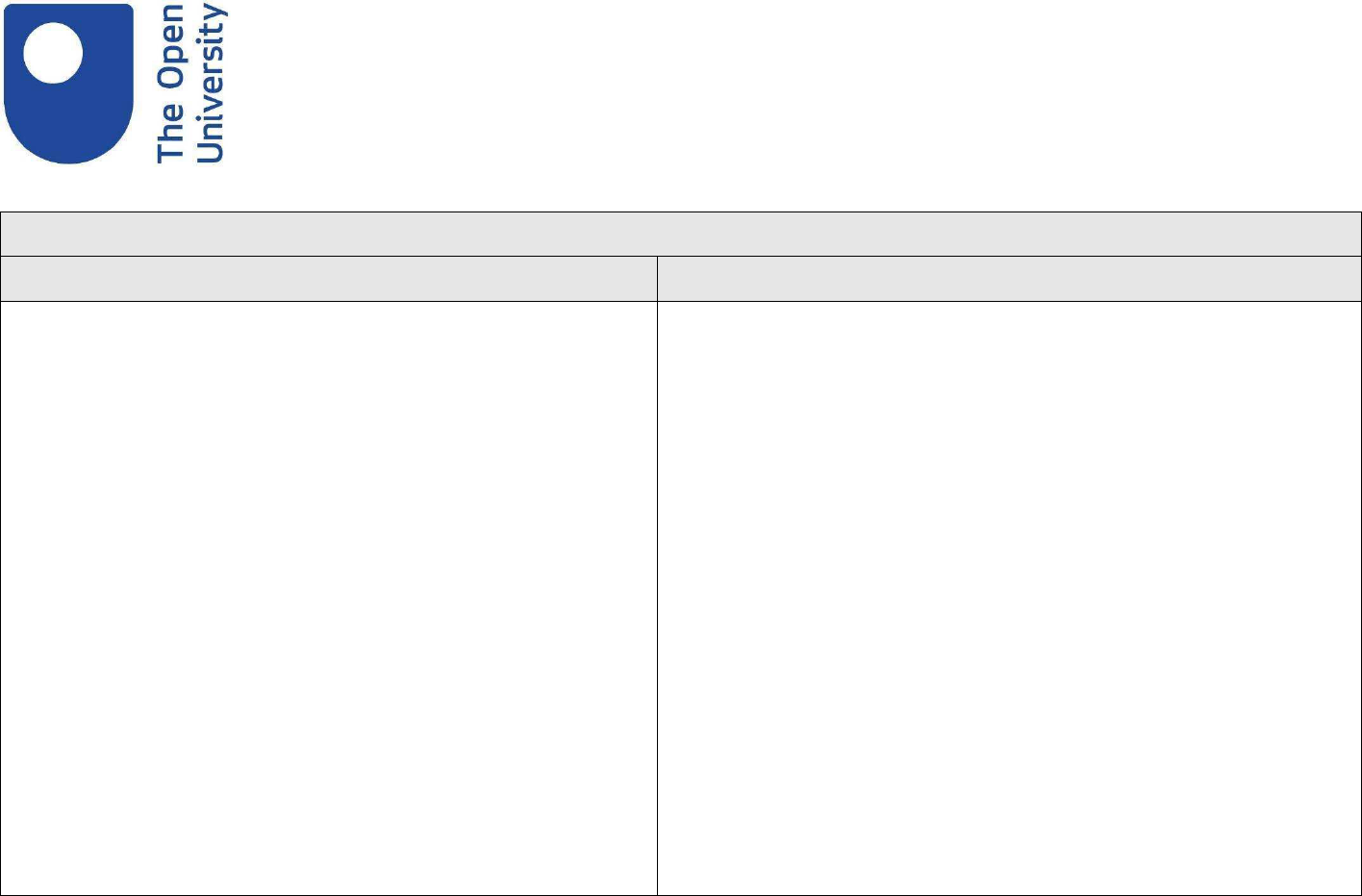
Template programme specification and curriculum map Page 18 of 69
3B. Cognitive skills
Learning outcomes:
Learning and teaching strategy/ assessment methods
B.
Cognitive skills
–
On completion of this
level
you will be able to:
1) apply correctly key Business Computing concepts in a range
of contexts;
2) apply appropriate techniques and tools for abstracting,
modelling, problem-solving, designing and testing Business
Computing systems;
3) compare and contrast, specifications and implementations of
Business Computing systems and simple hardware systems;
4) reflect on what you achieve in your studies, and how you
might improve your performance.
5) understand the fundamental business, commercial and
economic concepts and managerial techniques throughout
the lifecycle of an information system
Guided teaching environment (Lectures & labs) is the principal method of delivery
for the concepts, principles and skills involved in the outcomes. Students are also
directed to reading from textbooks, academic papers and other relevant material.
Understanding is reinforced by means of exercise classes, discussion groups,
laboratories, assignments and project work.
Tools to be used to achieve this will include some or all from the following:
● printed and online teaching texts
● directed readings from textbooks and papers
● Specialised software tools.
Support of learning:
Learning is supported outside the classroom with the use of the learning
management system Moodle, instructor office hours, sample answers to
assessment and extra lectures as seen appropriate by the instructor.
Tools to be used to achieve this will include some or all from the following:
● self-assessment questions and exercises, included in the teaching texts
● programming tasks, computer-based investigations and open-ended
project work
● feedback and guidance from an instructor; tutorials, revisions and in-class
activities
● e-mail and individual instructor-learner conferences
● Study and project guides.
Assessment of learning:
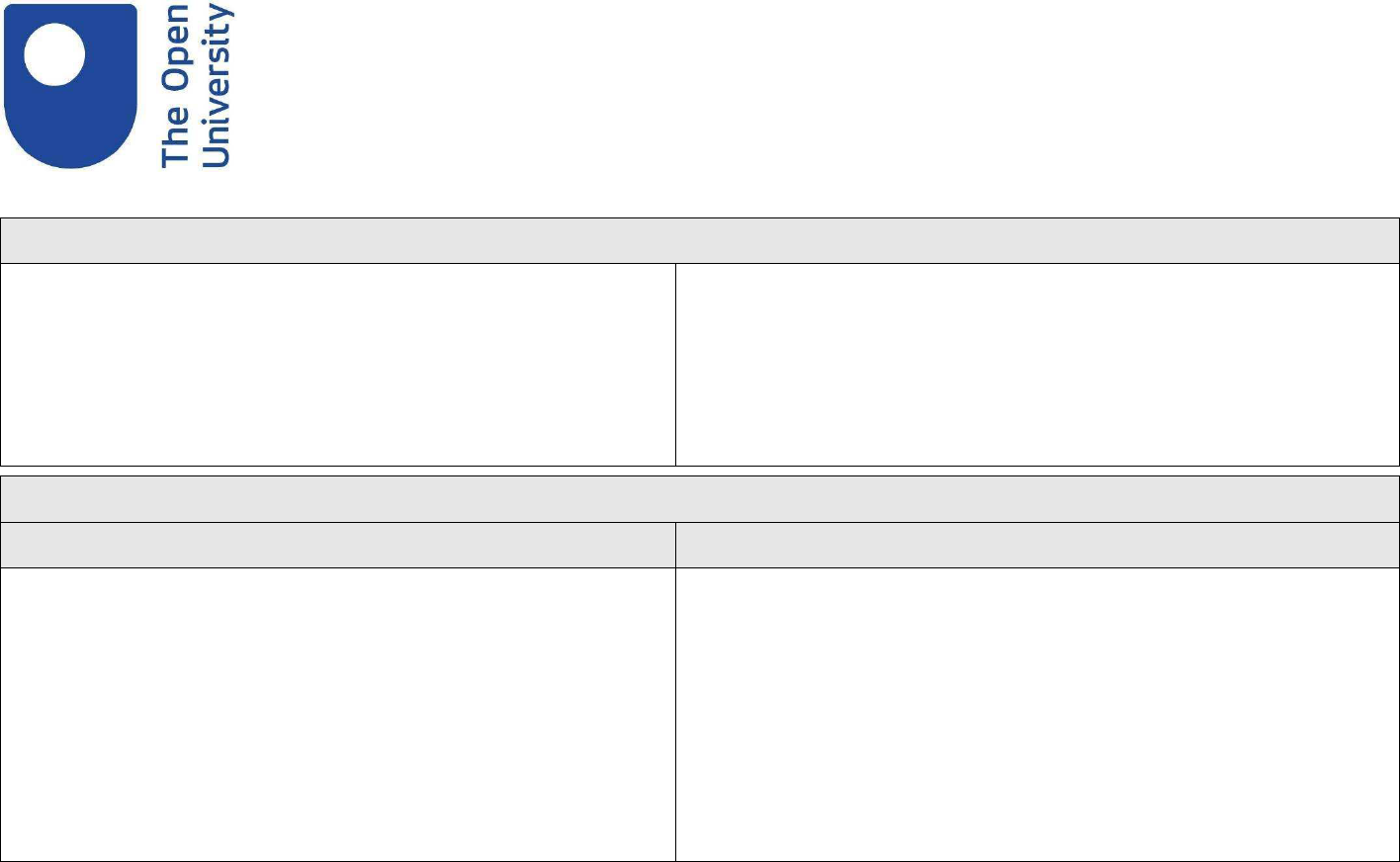
Template programme specification and curriculum map Page 19 of 69
3B. Cognitive skills
An assessment of the understanding of underlying concepts and principles forms
part of the overall assessment of final exams/projects submitted/taken.
Tools to be used to achieve this will include some or all from the following:
● Instructor-Marked summative formal examinations
● Instructor-Marked summative projects
● Instructor-Marked summative presentations
● Instructor-Marked formative assignments/assessment
Instructor-Marked formative projects
3C. Practical and professional
skills
Learning outcomes:
Learning and teaching strategy/ assessment methods
C.
Key skills
– On completion of this
level
you will be able to:
1) communicate information, arguments and ideas effectively,
using the styles and language appropriate to your subject,
purpose and audience;
2) work in a group, communicating effectively in a distance
setting where the communication is computer-mediated;
3) work independently, planning, monitoring and reviewing your
own learning;
Guided teaching environment (Lectures & labs) is the principal method of delivery
for the concepts, principles and skills involved in the outcomes. Students are also
directed to reading from textbooks, academic papers and other relevant material.
Understanding is reinforced by means of exercise classes, discussion groups,
laboratories, assignments and project work.
Tools to be used to achieve this will include some or all from the following:
● printed and online teaching texts
● directed readings from textbooks and papers
● Specialised software tools.
Support of learning:

Template programme specification and curriculum map Page 20 of 69
3C. Practical and professional
skills
4) find, assess and use information from a variety of sources,
using information technology where necessary;
5) use appropriate numerical and analytical techniques to solve
problems;
6) understand a range of technological problems and apply
suitable techniques for solving them.
Learning is supported outside the classroom with the use of the learning
management system Moodle, instructor office hours, sample answers to
assessment and extra lectures as seen appropriate by the instructor.
Tools to be used to achieve this will include some or all from the following:
● self-assessment questions and exercises, included in the teaching texts
● programming tasks, computer-based investigations and open-ended
project work
● feedback and guidance from an instructor; tutorials, revisions and in-class
activities
● e-mail and individual instructor-learner conferences
● Study and project guides.
Assessment of learning:
An assessment of the understanding of underlying concepts and principles forms
part of the overall assessment of final exams/projects submitted/taken.
Tools to be used to achieve this will include some or all from the following:
● Instructor-Marked summative formal examinations
● Instructor-Marked summative projects
● Instructor-Marked summative presentations
● Instructor-Marked formative assignments/assessment
Instructor-Marked formative projects

Template programme specification and curriculum map Page 21 of 69
3D. Key/transferable skills
Learning outcomes:
Learning and teaching strategy/ assessment methods
D.
Practical and/or professional skills
–
On completion of this
level
you will be able to:
1) analyse, design, evaluate and/or test Business Computing
systems;
2) recognise and record your skills and knowledge to support
your personal and/or your career goals;
3) demonstrate the ability to undertake ongoing learning in order
to keep up to date with Business Computing;
4) identify and explain the ethical, social and legal issues that
may arise during the development and use of Business
Computing systems;
5) use appropriate professional ICT tools to help you learn
effectively.
6) work as a member of a team consisting of members with
distinctive roles
Guided teaching environment (Lectures & labs) is the principal method of delivery
for the concepts, principles and skills involved in the outcomes. Students are also
directed to reading from textbooks, academic papers and other relevant material.
Understanding is reinforced by means of exercise classes, discussion groups,
laboratories, assignments and project work.
Tools to be used to achieve this will include some or all from the following:
● printed and online teaching texts
● directed readings from textbooks and papers
● Specialised software tools.
Support of learning:
Learning is supported outside the classroom with the use of the learning
management system Moodle, instructor office hours, sample answers to
assessment and extra lectures as seen appropriate by the instructor.
Tools to be used to achieve this will include some or all from the following:
● self-assessment questions and exercises, included in the teaching texts
● programming tasks, computer-based investigations and open-ended
project work
● feedback and guidance from an instructor; tutorials, revisions and in-class
activities
● e-mail and individual instructor-learner conferences
● Study and project guides.
Assessment of learning:
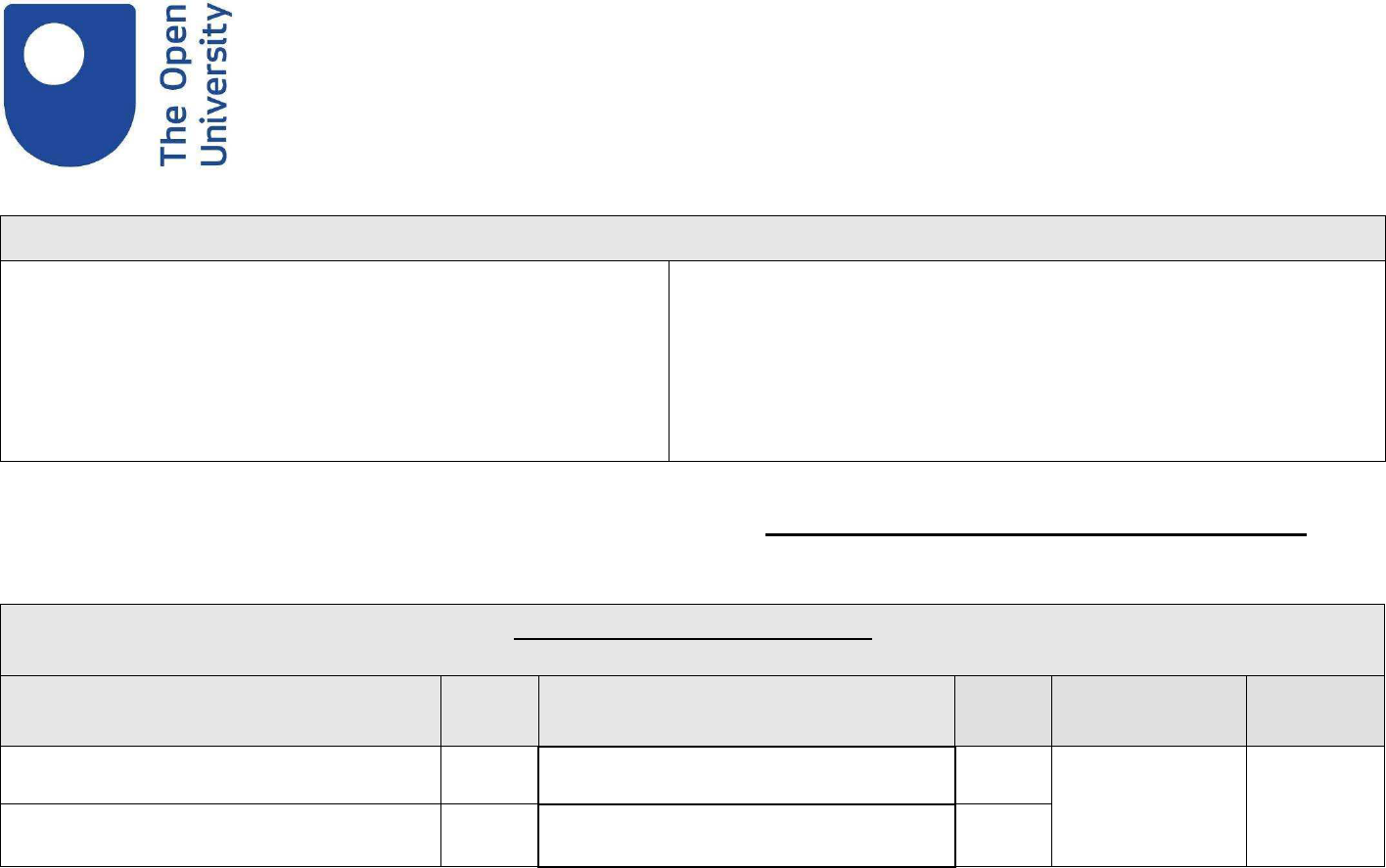
Template programme specification and curriculum map Page 22 of 69
3D. Key/transferable skills
An assessment of the understanding of underlying concepts and principles forms
part of the overall assessment of final exams/projects submitted/taken.
Tools to be used to achieve this will include some or all from the following:
● Instructor-Marked summative formal examinations
● Instructor-Marked summative projects
● Instructor-Marked summative presentations
● Instructor-Marked formative assignments/assessment
Instructor-Marked formative projects
Exit Award:
If the learning outcomes have been met, then the student is entitled to receive a Diploma of Higher Education in Business Computing/ 240
credits (120 at Level 4, 120 at Level 5)
Programme Structure
-
LEVEL 6
Compulsory modules
Credit
points
Optional modules
Credit
points
Is module
compensatable?
Semester
runs in
CSC 322
-
Computer Networks I
15
CSC 219
-
Video Game Design
15
N/A
Varies by
students
cohort
entrance
CSC 325
-
Distributed Applications
15
CSC 321
- Operating Systems
15
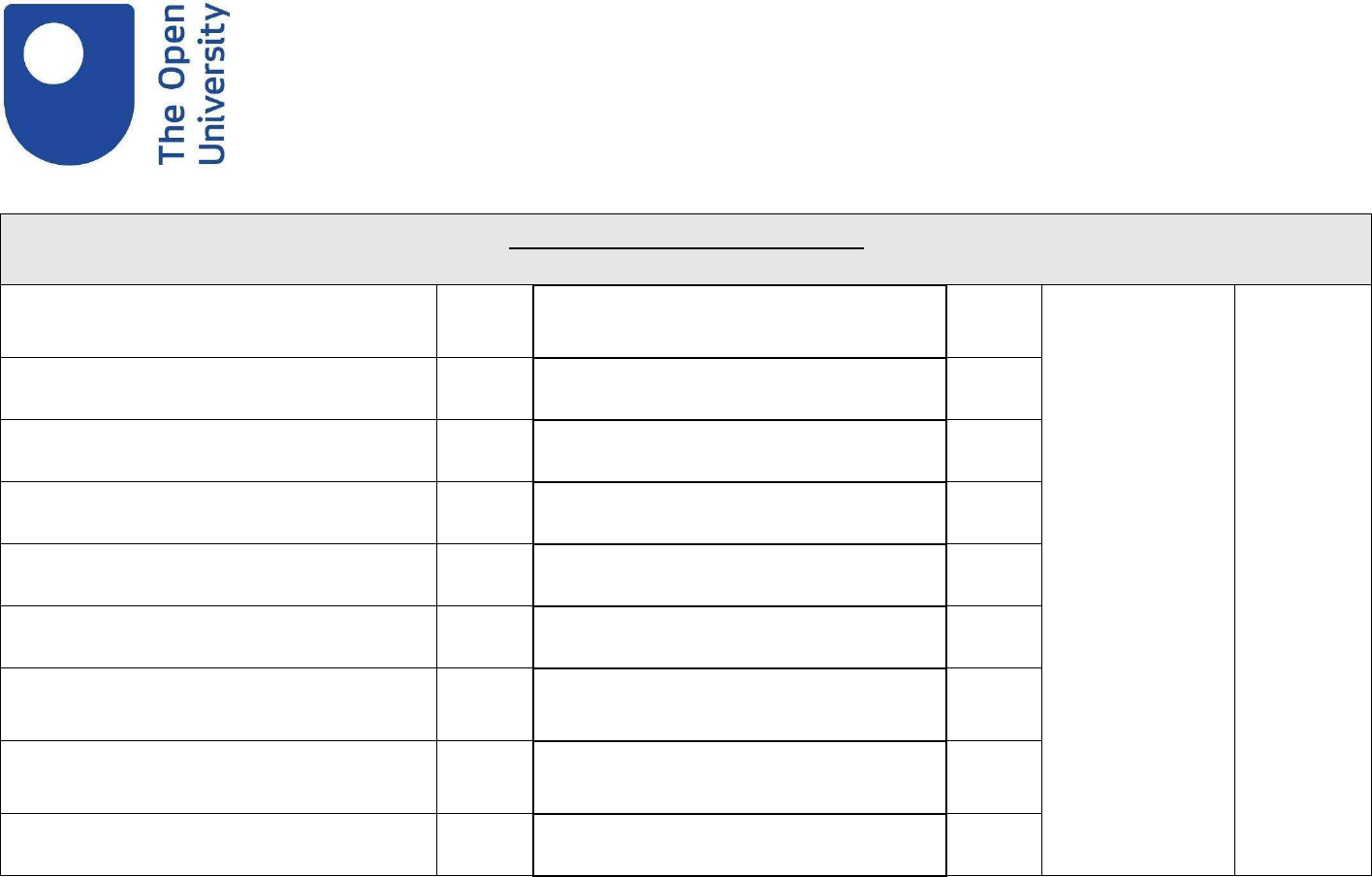
Template programme specification and curriculum map Page 23 of 69
Programme Structure
-
LEVEL 6
CSC 443
-
Thesis I
15
CSC 330
– Introduction to Mobile
Robotics
15
(Fall or
Spring)
CSC 444
-
Thesis II
15
CSC 333
- Computer Networks II
15
MAN 312
-
Operations Management
15
CSC 412
- Object Oriented Design Patterns
15
CSC 421
- Computer Systems Security
15
CSC 422
- Advanced DBMS
15
ECON 332
- International Economics
15
FIN 210
- International Money and
Banking
15
FIN 220
- Investment and Portfolio
Management
15
FIN 232
- International Finance
15
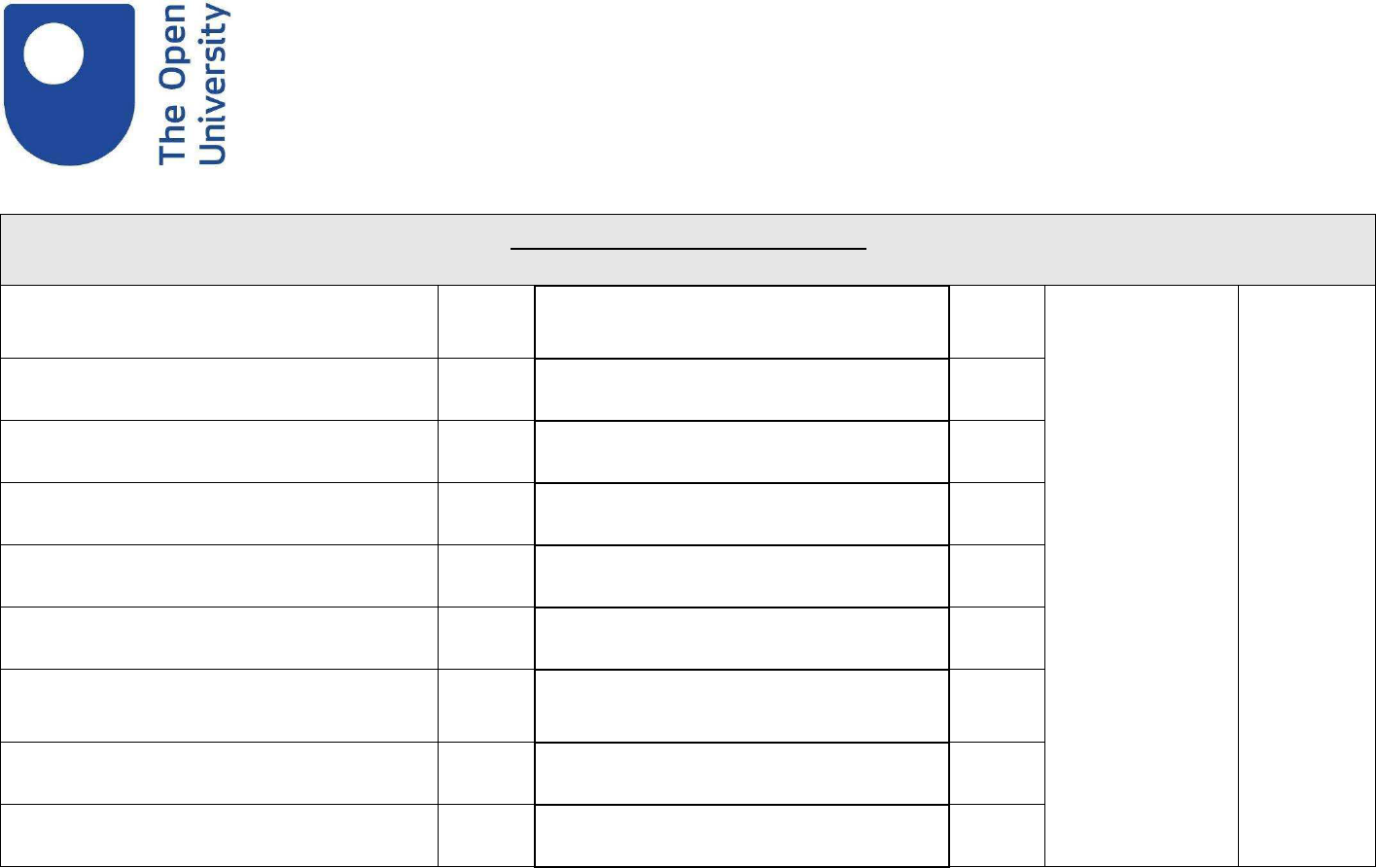
Template programme specification and curriculum map Page 24 of 69
Programme Structure
-
LEVEL 6
MKTG 301
- Entrepreneurial and
Corporate Market
15
MKTG 303
- Tourism e-business
15
MKTG 318
- Global Marketing
15
MKTG 320
- Marketing Research
15
MKTG 324
- e-Marketing
15
MKTG 330
- Consumer Behaviour
15
MAN 210
- Human Resource Management
of Growth
15
MAN 302
- Revenue Management
15
MAN 303
- Events Management
15
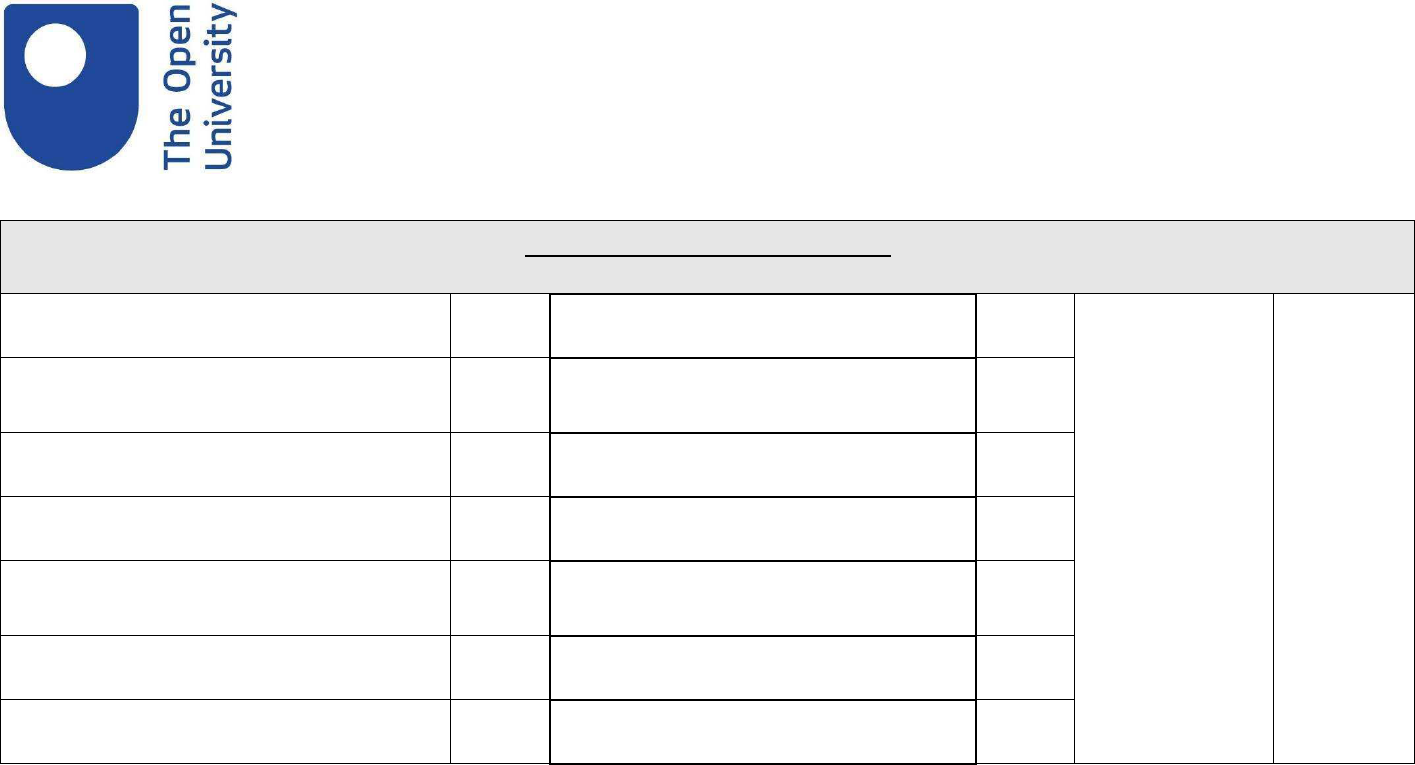
Template programme specification and curriculum map Page 25 of 69
Programme Structure
-
LEVEL 6
MAN 305
- HR in Hotel and Tourism
15
MAN 306
- Tourism and Real Estate
Management
15
MAN 312
- Operations Management
15
MAN 322
- Business Strategy I
15
MAN 323
- Business Strategy II (Capstone
Project)
15
MAN 341
- Business in Greece and the EU
15
PRAC 300
-
Practicum
15
Intended learning outcomes at Level 6 are listed below:
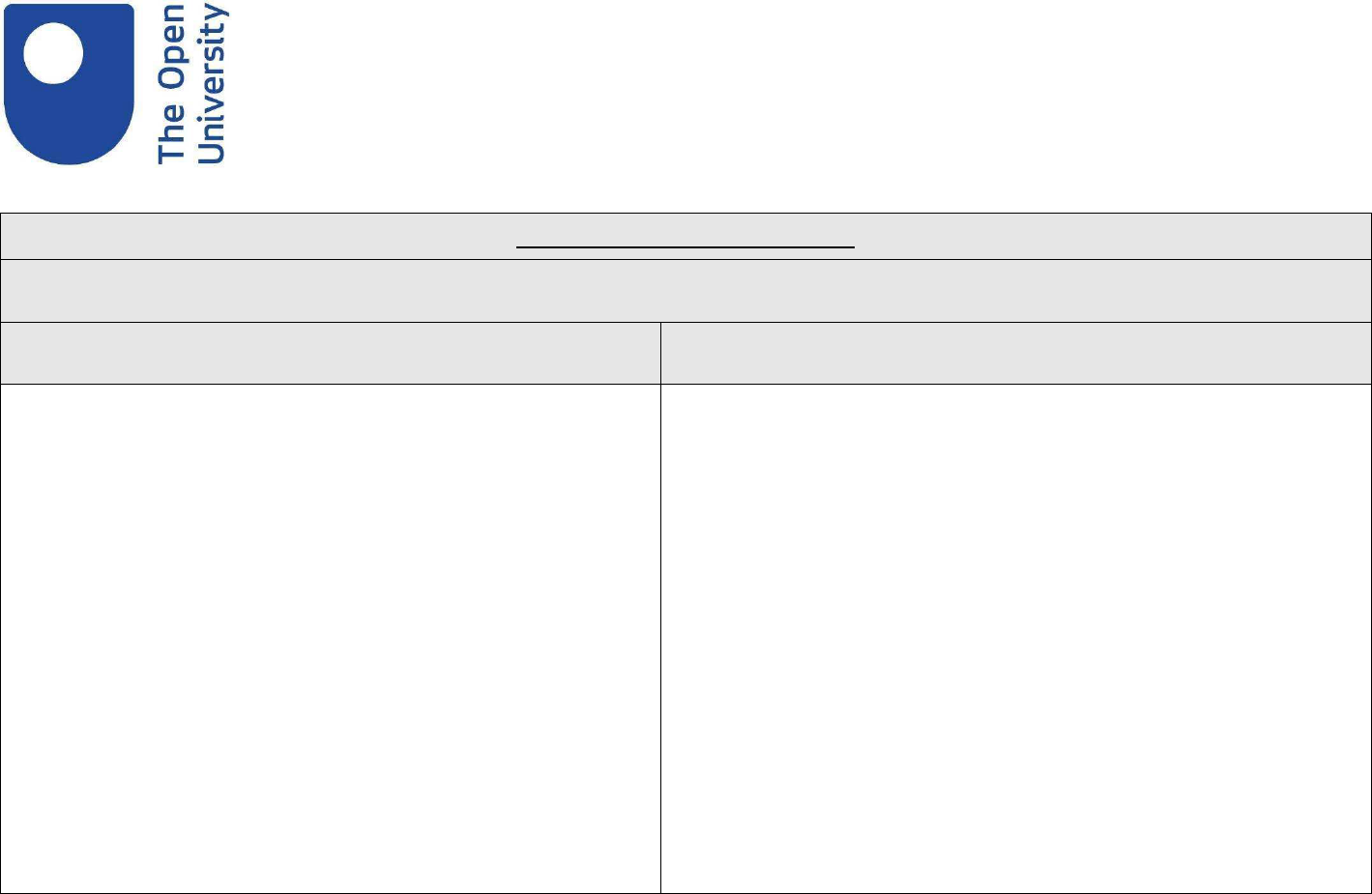
Template programme specification and curriculum map Page 26 of 69
Learning Outcomes
–
LEVEL 6
3A. Knowledge and understanding
Learning outcomes: Learning and teaching strategy/ assessment methods
A.
Knowledge and understanding
–
On completion of this
level
you will have:
1) a broad critical understanding of the fundamental principles,
concepts and techniques underlying Business Computing;
2) an understanding of a range of models and languages to
support the analysis and design of Business Computing
systems;
3) an understanding of the range of situations in which Business
Computing systems are used, the ways in which people
interact with them, and the possibilities and limitations of such
systems;
4) a critical awareness of the ethical, social and legal issues that
can be associated with the development and deployment of
Business Computing systems;
Guided teaching environment (Lectures & labs) is the principal method of delivery
for the concepts, principles and skills involved in the outcomes. Students are also
directed to reading from textbooks, academic papers and other relevant material.
Understanding is reinforced by means of exercise classes, discussion groups,
laboratories, assignments and project work.
Tools to be used to achieve this will include some or all from the following:
● printed and online teaching texts
● directed readings from textbooks and papers
● Specialised software tools.
Support of learning:
Learning is supported outside the classroom with the use of the learning
management system Moodle, instructor office hours, sample answers to
assessment and extra lectures as seen appropriate by the instructor.
Tools to be used to achieve this will include some or all from the following:
● self-assessment questions and exercises, included in the teaching texts
● programming tasks, computer-based investigations and open-ended
project work
● feedback and guidance from an instructor; tutorials, revisions and in-class
activities
●
e-mail and individual instructor-learner conferences
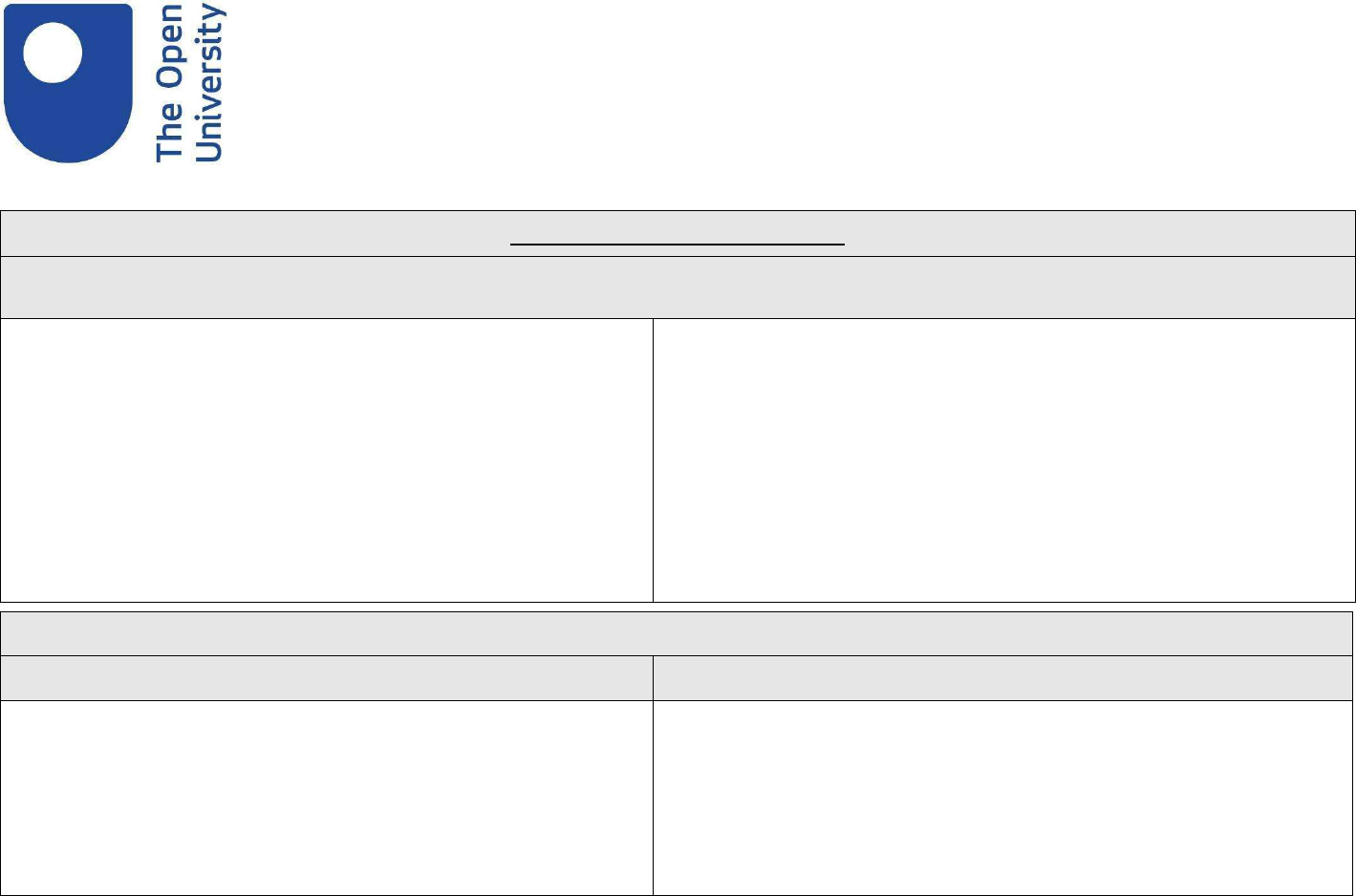
Template programme specification and curriculum map Page 27 of 69
Learning Outcomes
–
LEVEL 6
3A. Knowledge and understanding
5) an awareness of major trends in Business Computing and of
the implications of these trends.
6) a critical understanding of Business Processes and be able
to demonstrate understanding in a broad set of: Accounting,
Finance, Management and Marketing areas
● Study and project guides.
Assessment of learning:
An assessment of the understanding of underlying concepts and principles forms
part of the overall assessment of final exams/projects submitted/taken.
Tools to be used to achieve this will include some or all from the following:
● Instructor-Marked summative formal examinations
● Instructor-Marked summative projects
● Instructor-Marked summative presentations
● Instructor-Marked formative assignments/assessment
Instructor-Marked formative projects
3B. Cognitive skills
Learning outcomes:
Learning and teaching strategy/ assessment methods
B.
Cognitive skills
– On completion of this
level
you will be able to:
1) apply and critically evaluate key Business Computing
concepts in a range of contexts;
2) select and apply appropriate techniques and tools for
abstracting, modelling, problem-solving, designing and
Guided teaching environment (Lectures & labs) is the principal method of delivery
for the concepts, principles and skills involved in the outcomes. Students are also
directed to reading from textbooks, academic papers and other relevant material.
Understanding is reinforced by means of exercise classes, discussion groups,
laboratories, assignments and project work.
Tools to be used to achieve this will include some or all from the following:
● printed and online teaching texts
●
directed readings from textbooks and papers

Template programme specification and curriculum map Page 28 of 69
3B. Cognitive skills
testing Business Computing systems, and be aware of the
limitations involved;
3) compare, contrast, critically analyse and refine specifications
and implementations of Business systems and simple
hardware systems;
4) devise and carry out a project in Business Computing that
applies and extends your knowledge and understanding, and
critically reflect on the processes involved and the outcomes
of your work.
5) demonstrate competence in the choice and use of complex
and specialised material for advanced writing on a final
empirical project
6) understand advanced business, commercial and economic
concepts and managerial techniques throughout the lifecycle
of an information system
7) identify and assess possible security issues throughout the
lifecycle of an information system
● Specialised software tools.
Support of learning:
Learning is supported outside the classroom with the use of the learning
management system Moodle, instructor office hours, sample answers to
assessment and extra lectures as seen appropriate by the instructor.
Tools to be used to achieve this will include some or all from the following:
● self-assessment questions and exercises, included in the teaching texts
● programming tasks, computer-based investigations and open-ended
project work
● feedback and guidance from an instructor; tutorials, revisions and in-class
activities
● e-mail and individual instructor-learner conferences
● Study and project guides.
Assessment of learning:
An assessment of the understanding of underlying concepts and principles forms
part of the overall assessment of final exams/projects submitted/taken.
Tools to be used to achieve this will include some or all from the following:
● Instructor-Marked summative formal examinations
● Instructor-Marked summative projects
● Instructor-Marked summative presentations
● Instructor-Marked formative assignments/assessment
Instructor-Marked formative projects
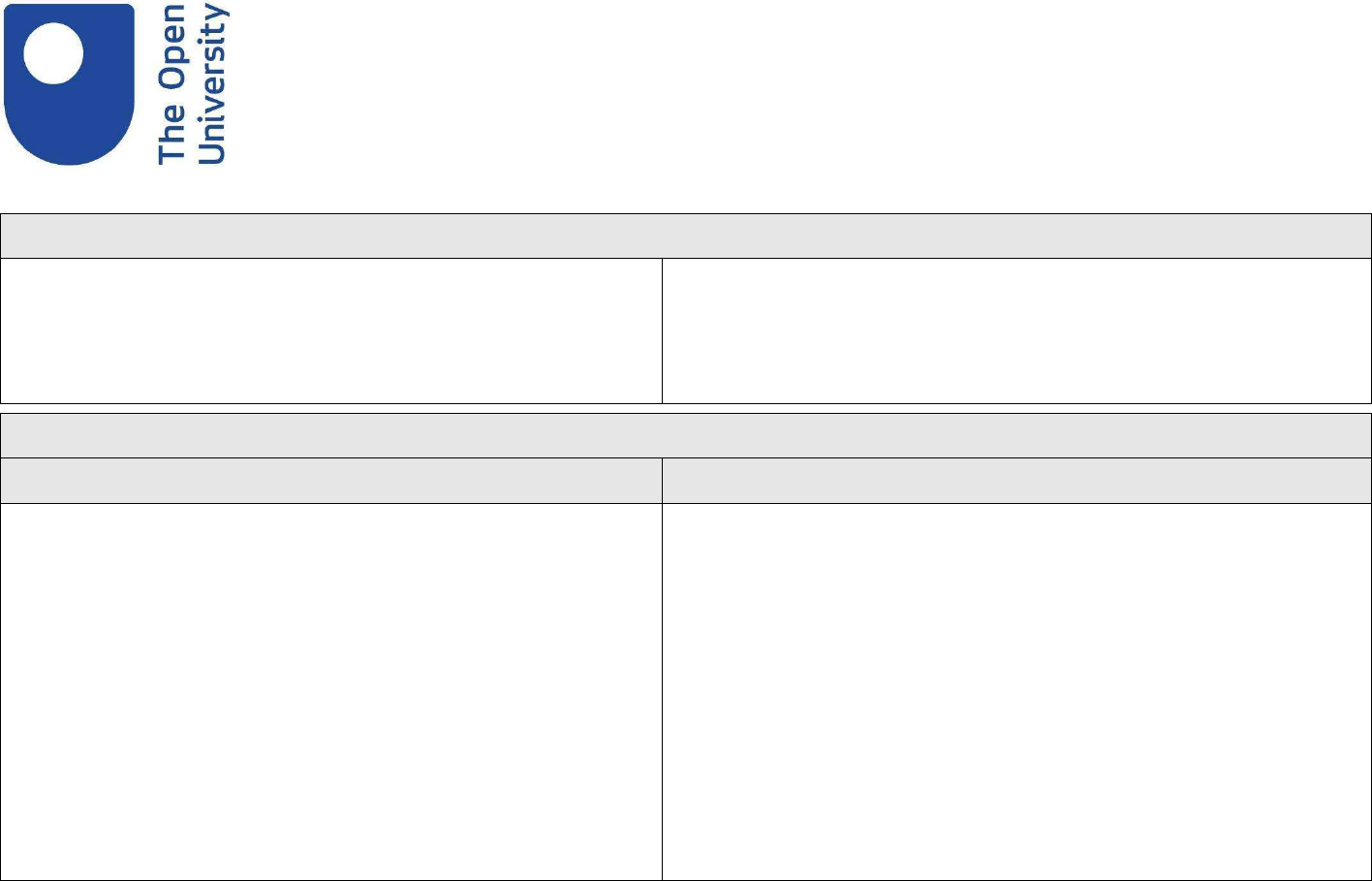
Template programme specification and curriculum map Page 29 of 69
3B. Cognitive skills
3C. Practical and professional skills
Learning outcomes:
Learning and teaching strategy/ assessment methods
C.
Key skills
– On completion of this
level
you will be able to:
1) communicate information, arguments, ideas and issues
clearly and in appropriate ways, bearing in mind the audience
for and the purpose of your communication;
2) work in a group, communicating effectively both using digital
communication and in face-to-face contexts;
3) work independently, planning, monitoring, reflecting on and
improving your own learning;
4) find, assess and apply information from a variety of sources,
using information technology where necessary;
Guided teaching environment (Lectures & labs) is the principal method of delivery
for the concepts, principles and skills involved in the outcomes. Students are also
directed to reading from textbooks, academic papers and other relevant material.
Understanding is reinforced by means of exercise classes, discussion groups,
laboratories, assignments and project work.
Tools to be used to achieve this will include some or all from the following:
● printed and online teaching texts
● directed readings from textbooks and papers
● Specialised software tools.
Support of learning:
Learning is supported outside the classroom with the use of the learning
management system Moodle, instructor office hours, sample answers to
assessment and extra lectures as seen appropriate by the instructor.
Tools to be used to achieve this will include some or all from the following:
●
self-assessment questions and exercises, included in the teaching texts
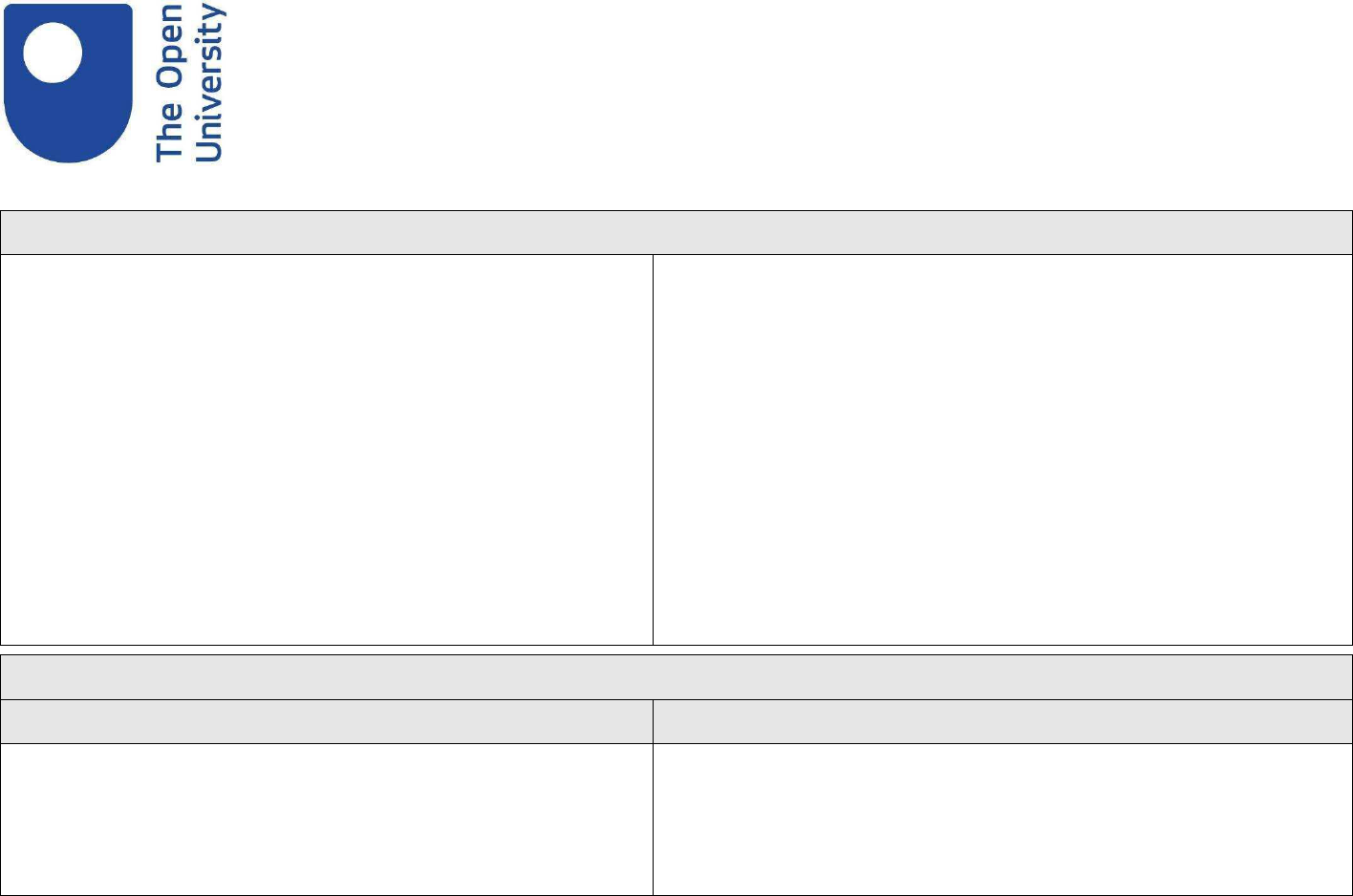
Template programme specification and curriculum map Page 30 of 69
3C. Practical and professional skills
5) select and use accurately, appropriate numerical and
analytical techniques to solve problems;
6) recognise and understand a range of technological problems
and select suitable techniques for solving them.
7) demonstrate the ability to carry out an empirical study
involving various methods of data collection (experiments,
observation, questionnaires, interviews etc.), set-up a major
project and write an argument
● programming tasks, computer-based investigations and open-ended
project work
● feedback and guidance from an instructor; tutorials, revisions and in-class
activities
● e-mail and individual instructor-learner conferences
● Study and project guides.
Assessment of learning:
An assessment of the understanding of underlying concepts and principles forms
part of the overall assessment of final exams/projects submitted/taken.
Tools to be used to achieve this will include some or all from the following:
● Instructor-Marked summative formal examinations
● Instructor-Marked summative projects
● Instructor-Marked summative presentations
● Instructor-Marked formative assignments/assessment
● Instructor-Marked formative projects
3D. Key/transferable skills
Learning
outcomes:
Learning and teaching strategy/ assessment methods
D.
Practical and/or professional skills
– On completion of this
level
you will be able to:
Guided teaching environment (Lectures & labs) is the principal method of delivery
for the concepts, principles and skills involved in the outcomes. Students are also
directed to reading from textbooks, academic papers and other relevant material.
Understanding is reinforced by means of exercise classes, discussion groups,
laboratories, assignments and project work.
Tools to be used to achieve this will include some or all from the following:

Template programme specification and curriculum map Page 31 of 69
3D. Key/transferable skills
1) analyse, design, evaluate and/or test Business Computing
systems, using appropriate simulation and modelling tools
where appropriate;
2) plan and organise yourself and your work appropriately,
including keeping systematic records of work in progress and
outcomes;
3) demonstrate the ability to undertake on-going learning in
order to keep up to date with Business Computing;
4) identify and address the ethical, social and legal issues that
may arise during the development and use of Business
Computing systems;
5) use appropriate professional ICT tools to support your work.
6) work as a member of a team consisting of members with
distinctive roles
● printed and online teaching texts
● directed readings from textbooks and papers
● Specialised software tools.
Support of learning:
Learning is supported outside the classroom with the use of the learning
management system Moodle, instructor office hours, sample answers to
assessment and extra lectures as seen appropriate by the instructor.
Tools to be used to achieve this will include some or all from the following:
● self-assessment questions and exercises, included in the teaching texts
● programming tasks, computer-based investigations and open-ended
project work
● feedback and guidance from an instructor; tutorials, revisions and in-class
activities
● e-mail and individual instructor-learner conferences
● Study and project guides.
Assessment of learning:
An assessment of the understanding of underlying concepts and principles forms
part of the overall assessment of final exams/projects submitted/taken.
Tools to be used to achieve this will include some or all from the following:
● Instructor-Marked summative formal examinations
● Instructor-Marked summative projects
● Instructor-Marked summative presentations
● Instructor-Marked formative assignments/assessment
Instructor-Marked formative projects
Exit Award:

Template programme specification and curriculum map Page 32 of 69
If the learning outcomes have been met, then the student is entitled to receive a BSc Ordinary in Business Computing/300 credits (120 at
Level 4, 120 at Level 5, and at least 60 at Level 6, but not including Computer Science 443-444 – Thesis I/ II)
Or
Transfer to BSc (Hons) Business Computing (subject to validation) and receive a BSc (Hons) Business Computing/360 Credits (120 at
Level 4, 120 at Level 5, 120 at Level 6)
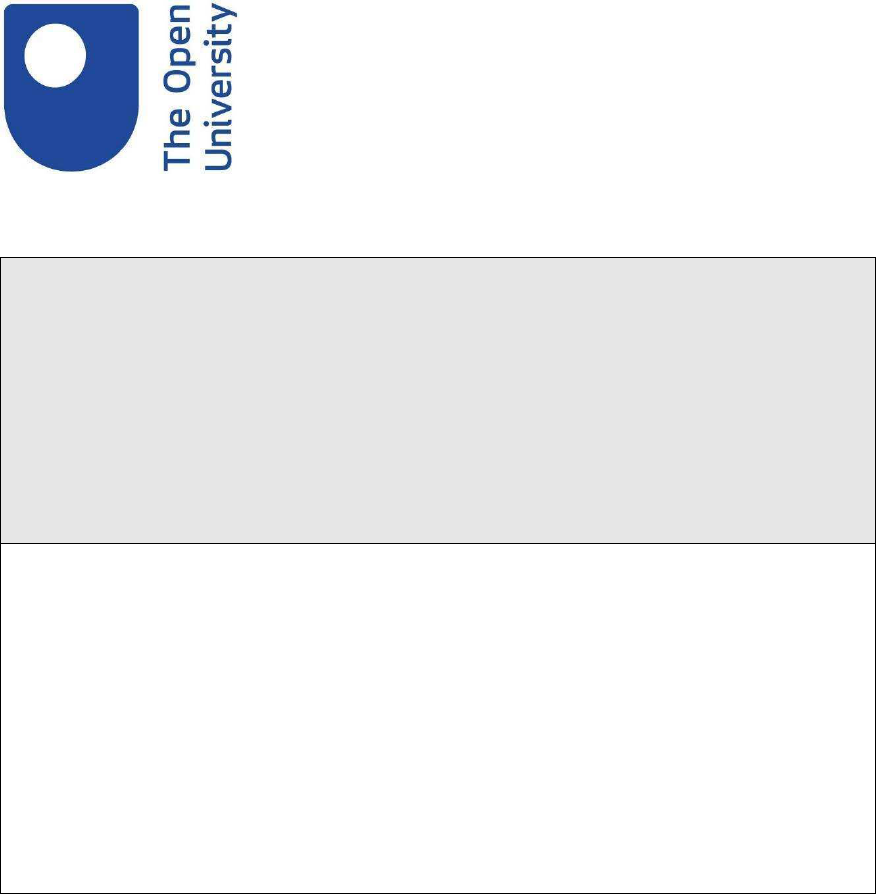
Template programme specification and curriculum map Page 33 of 69
4. Distinctive features of the programme structure
● Where applicable, this section provides details on distinctive featurs such as:
⮚ where in the structure above a professional/placement year fits in and how it may affect
progression
⮚ any restrictions regarding the availability of elective modules
⮚ where in the programme structure students must make a choice of pathway/route
● Additional considerations for apprenticeships:
⮚ how the delivery of the academic award fits in with the wider apprenticeship
⮚ the integration of the ‘on the job’ and ‘off the job’ training
⮚
how the academic award fits within the assessment of the apprenticeship
About the Course
The mission of the Division of Technology & Science is to offer innovative, leading edge
technology programmes in computing and academically sound service courses in the
areas of Mathematics, Statistics and Science. As computing is a rapidly evolving
discipline we continuously adapt our curriculum and facilities to meet the changing
demands of the computing profession.
The computing programmes target:
● Students that are interested primarily in computing and Business with an
emphasis in Information Systems
● Students or professionals that are interested to specialise in certain areas in
computing. In particular the certificate and special programmes provide training
opportunities for the wider community.
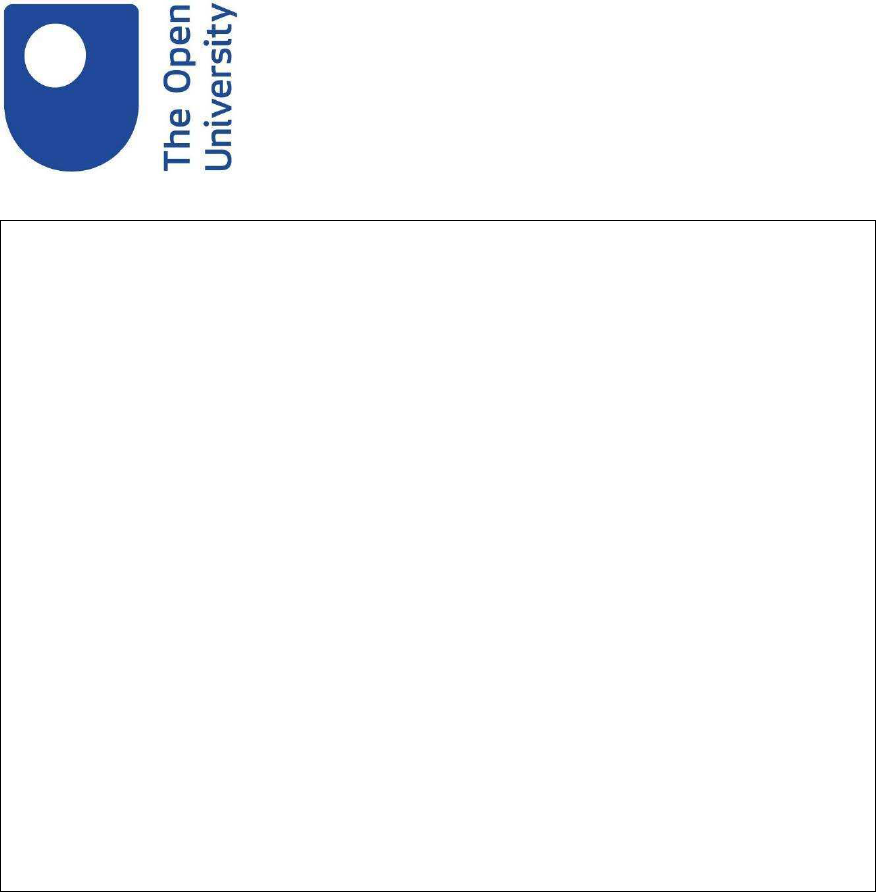
Template programme specification and curriculum map Page 34 of 69
Courses in the Division are designed to broaden students' perspectives on the role of
computing, mathematics, statistics and science in the modern world, while equipping
them with both computer literacy and quantitative skills. A broad range of computing
courses is offered, the majority having a strong laboratory component with emphasis on
application.
ACT Degree Competitive Advantage Areas
An ACT graduate with the BSc (Hons) in Business Computing will have obtained a
theoretical and practical adequacy in the field of IT application and design, a sound
Business domain knowledge and directly marketable skills through the ability to further
obtain certifications in popular technologies (CCNA and ORACLE courses are offered
and certification can be obtained directly from the companies upon completion of study
and examination).
● Programming
● Web Development
● Databases
● Networking
● Information’s Systems Analysis
● Business Processes
Special Features
The programmes do not concentrate only on the latest technologies, which at some point
will become outdated, but provide students with excellent critical skills and systematic
thinking that will allow them to become lifelong learners and succeed in a wide variety of
technical and managerial positions. Students are prepared for a successful career in the
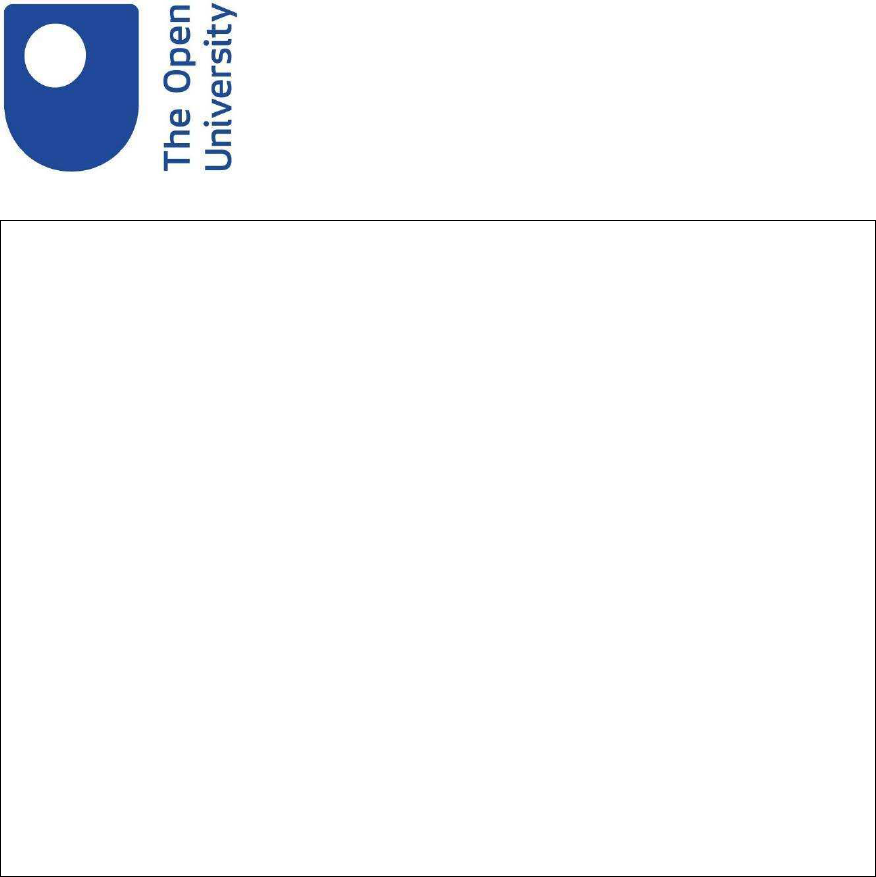
Template programme specification and curriculum map Page 35 of 69
field of computing and its applications and/or additional study in computing or Business
at the graduate level.
Computing and Teaching Facilities
● Modern computer facilities include over 40 high-speed servers present in the
network infrastructure and more than 130 latest technology workstations all
connected to the Internet, available to students in 5 PC laboratories.
● All the necessary software for programing, multimedia, web-development and
instruction is available in the labs for you to use.
● A CISCO networking laboratory and a Robotics-Microelectronics lab exist for
classroom teaching and personal student study and exploration.
● Students have access to printing and scanning devises.
● Our classrooms are spacious and equipped with a PC and projector. All
classrooms are connected to a high-speed campus network and are connected
to the internet.
● Students have abundant personal and secure server storage area, accessible
from campus and home and are provided with email and Moodle accounts.
● Wi-Fi is available around the campus for laptop and mobile internet access.
● Hardware and software technical support is available and is of first-rate level.
Campus
It should finally be noted that the ACT graduate will have received their higher education
at the ACT campus, a highly international environment with first rate services, facilities
and resources afforded to its students.

Template programme specification and curriculum map Page 36 of 69
5. Support for students and their learning.
(For apprenticeships this should include details of how student learning is supported in the work
place)
Academic Support Services include:
● Financial Aid
● A Mentoring Programme for students who are academically challenged. As noted,
experienced regular and senior adjunct faculty are assigned as Mentors and
follow closely their mentees’ academic progress and overall college life wellbeing;
mentors are expected to submit reports twice during each term and hold meetings
with the Dean during the semester to discuss issues arising from the mentoring
process.
● An Academic Advising Programme through which each student is assigned an
advisor upon entering his/her freshman year who will offer advice on the students’
academic and career plans. Students are expected to meet with their advisors
regularly throughout the term, and especially when they face academic problems
or want to withdraw from a course. Students are expected to consult with their
advisors prior to registration.
● A Learning Hub, open to all students, to help with writing projects since many are
not familiar with project-oriented education and are used to lecture-based classes.
The Learning Hub also provides Math tutors.
● A Business Liaison and Career Services Office through which students are
provided assistance towards their efforts in preparing graduate school
applications and employment search, as well building bridges with the
professional world. The office also develops programmes and workshops to help
with the students’ future career plans.
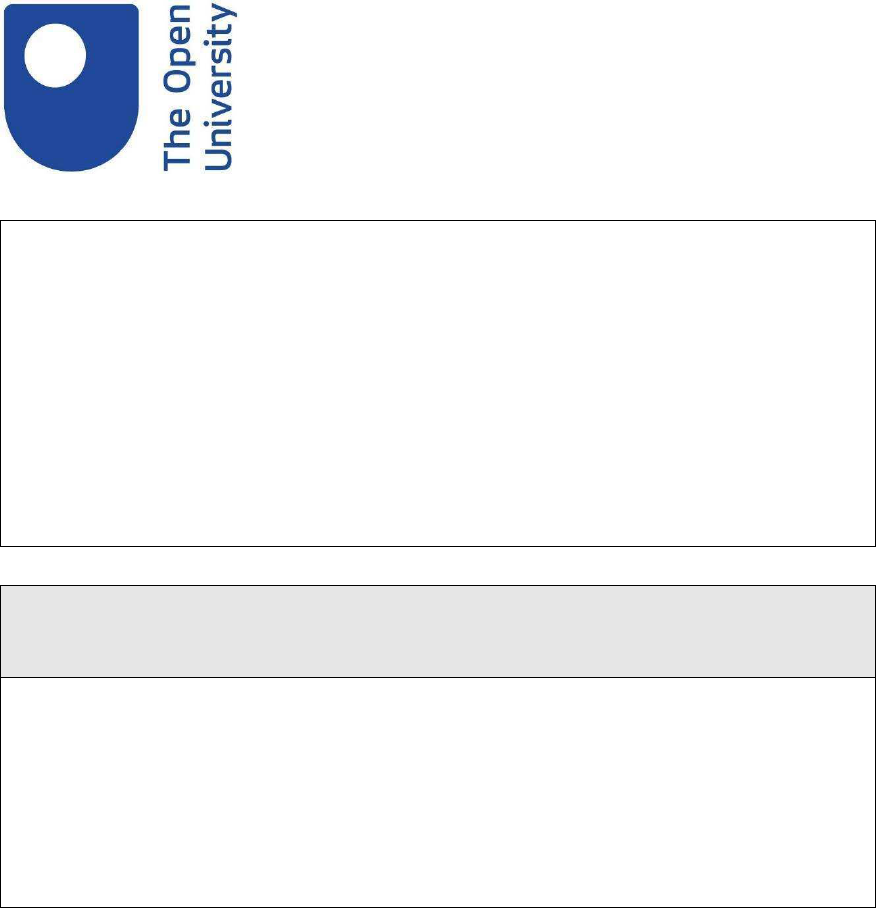
Template programme specification and curriculum map Page 37 of 69
● An I.T. centre which provides technical assistance and advice, as well as
information technology instructional services.
● In the Niarchos Technology centre, students have access to 4 computer labs and
printing services, while in the New Building they have full access to 1 computer
lab and printing services.
● Extensive Library facilities and assistance.
● ACT students have the opportunity to study abroad for one summer or term during
their time as a student through the International Programmes Office at ACT.
● ACT has a learning disability policy in practice and provides appropriate
assistance and compensation to students that have certified needs.
● ACT maintains a long-established Committee on Academic Standards and
Performance.
6. Criteria for admission
(For apprenticeships this should include details of how the criteria will be used with employers
who will be recruiting apprentices.)
Applicants are required to submit the following when applying for admission to the
programme:
All first-year candidates are required to submit an application for admission along with the
required material. Students may submit an application through the online portal or a paper-
based one.

Template programme specification and curriculum map Page 38 of 69
Applications are reviewed by the admissions director and the director of enrollment, who are
familiar with a variety of school systems and transcripts.
Application Requirements
Applicants are required to submit the following when applying for admission to the program:
1. An Application Form.
2. An official high school transcript of grades. If you have not attended an English- or
Greek-speaking high school, an official translation into English is required. An official
high school diploma with a minimum grade of 14/20 in the Greek high school system or
its equivalent in any other system; a minimum score of 24 in the IB diploma. If you
have not attended an English- or Greek-speaking high school, an official translation into
English is required.
3. An official high school diploma. If you have not attended an English- or Greek-speaking
high school, an official translation into English is required.
4. Personal essay.
5. Official evidence of proficiency in English. Students should submit an English certificate
at a minimum level of B2, obtained in the last two years. Exempted are students whose
primary language of instruction at school has been English for the duration of the
secondary school studies.
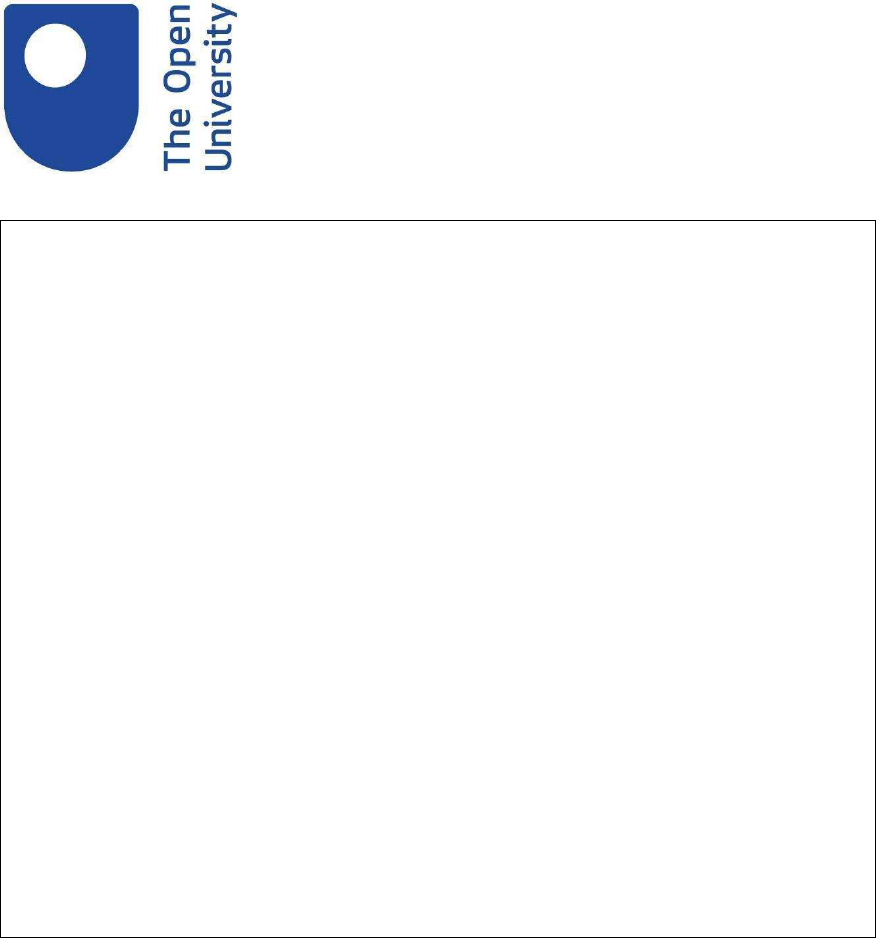
Template programme specification and curriculum map Page 39 of 69
A list of acceptable English test scores is the following:
● Test of English as a Foreign Language (TOEFL), overall score iBT score 80
● FIRST CERTIFICATE IN ENGLISH CAMBRIDGE UNIVERSITY or
CAMBRIDGE ASSESSMENT ENGLISH or FIRST CERTIFICATE IN
ENGLISH, CAMBRIDGE ASSESSMENT ENGLISH overall score 160-179.
● INTERNATIONAL ENGLISH LANGUAGE TESTING SYSTEM (IELTS),
University of Cambridge Local Examinations Syndicate (UCLES) or
CAMBRIDGE ASSESSMENT ENGLISH – The British Council – IDP
Education Australia IELTS Australia score 5,5 - 6,5.
● (ECCE)- CERTIFICATE OF COMPETENCY IN ENGLISH, MICHIGAN
University (ENGLISH LANGUAGE INSTITUTE or Cambridge Michigan
Language Assessments - CaMLA or Michigan Language Assessment.)
● TEST OF ENGLISH FOR INTERNATIONAL COMMUNICATION (TOEIC)
score 505 - 780, EDUCATIONAL TESTING SERVICE/CHAUNCEY, USA.
● Michigan State University – Certificate of English Language Competency (MSU
– CELC) : CEFR B2.
If your qualification is not listed above, you can still apply, as applications are assessed
on an individual basis
1. A recent passport-size color photograph.
2.
3. A photocopy of either your ID card (Greek only: ταυτότητα) or your valid passport (all
EU students).

Template programme specification and curriculum map Page 40 of 69
4. A non-refundable application fee of 70.00 Euro. The application fee should be
deposited at one of ACT’s bank accounts.
A copy of the bank receipt should accompany the application. For more information regarding
fees and payment procedures please contact the Accounting office +30-2310-398219.
All application documentation should be submitted/mailed directly to the Admissions Office.
Application Requirements (Non-EU Admission)
ACT’s admissions application process is the same for all students regardless of their citizenship
or country of residence.
Applications are reviewed by the admissions director and the director of enrollment, who are
familiar with a variety of school systems and transcripts.
Non-EU applicants must demonstrate that financial resources are available to them which are
sufficient to meet the costs of tuition and fees, books and supplies, living expenses during their
stay in Greece, and transportation expenses to return to their country.
Application Requirements
Applicants are required to submit the following when applying for admission to the program:
1. An Application Form.

Template programme specification and curriculum map Page 41 of 69
2. An official high school transcript of grades.
If you have not attended an English- or
Greek-speaking high school, an official translation into English is required.
3. An official high school diploma. An official high school diploma with a
minimum grade of 70% or its equivalent; a minimum score of 24 in the IB
diploma. If you have not attended an English- or Greek-speaking high school, an
official translation into English is required.
4. A school profile which should include a description of the school, grading system,
curricular and extracurricular resources.
5. Official evidence of proficiency in English.
A list of acceptable English test scores is the following:
● Test of English as a Foreign Language (TOEFL), overall score iBT score 80
● FIRST CERTIFICATE IN ENGLISH CAMBRIDGE UNIVERSITY or
CAMBRIDGE ASSESSMENT ENGLISH or FIRST CERTIFICATE IN
ENGLISH, CAMBRIDGE ASSESSMENT ENGLISH overall score 160-179.
● INTERNATIONAL ENGLISH LANGUAGE TESTING SYSTEM (IELTS),
University of Cambridge Local Examinations Syndicate (UCLES) or
CAMBRIDGE ASSESSMENT ENGLISH – The British Council – IDP
Education Australia IELTS Australia score 5,5 - 6,5.
● (ECCE)- CERTIFICATE OF COMPETENCY IN ENGLISH, MICHIGAN
University (ENGLISH LANGUAGE INSTITUTE or Cambridge Michigan
Language Assessments - CaMLA or Michigan Language Assessment.)
● TEST OF ENGLISH FOR INTERNATIONAL COMMUNICATION (TOEIC)
score 505 - 780, EDUCATIONAL TESTING SERVICE/CHAUNCEY, USA.

Template programme specification and curriculum map Page 42 of 69
●
Michigan State University – Certificate of English Language Competency (MSU
– CELC) : CEFR B2.
If your qualification is not listed above, you can still apply, as applications are assessed on
an individual basis.
1. Personal essay.
2. A recent passport-size color photograph.
3. A photocopy of your valid passport.
4. A non-refundable application fee of 70.00 Euro. The application fee should be
deposited at one of ACT’s bank accounts.
A copy of the bank receipt should accompany the application. For more information regarding
fees and payment procedures please contact the Accounting office +30-2310-398219.
All application documentation should be submitted/mailed directly to the Admissions Office.
Application Requirements (US Degree-Seeking Admission)
We accept applications on a rolling admissions basis by April 1st. Admitted students
should make a non-refundable deposit by May 1st.
If you missed our deadline, please contact the admissions office at admissions@act.edu.
Applications beyond the deadline will be considered based on space availability.

Template programme specification and curriculum map Page 43 of 69
US applicants are required to submit the following when applying for admission to the
program:
1. An Application Form.
2. Official transcripts of 9th, 10th, 11th grade and a grade report of the 12th grade.
Candidates should have earned a minimum overall grade average of C+ in their
final year or a minimum score of 24 in the IB grading system to be admitted.
3. Personal essay.
4. One letter of recommendation from a teacher/advisor.
5. SAT/ACT scores (optional, but strongly encouraged).
6. A recent passport-size color photograph.
7. A photocopy of your valid passport.
8. A non-refundable application fee of $50. The application fee should be deposited
at one of ACT’s bank accounts.
A copy of the bank receipt should accompany the application. For more information
regarding fees and payment procedures please contact the Accounting office +30-2310-
398219.
All application documentation should be submitted/mailed directly to the Admissions
Office.
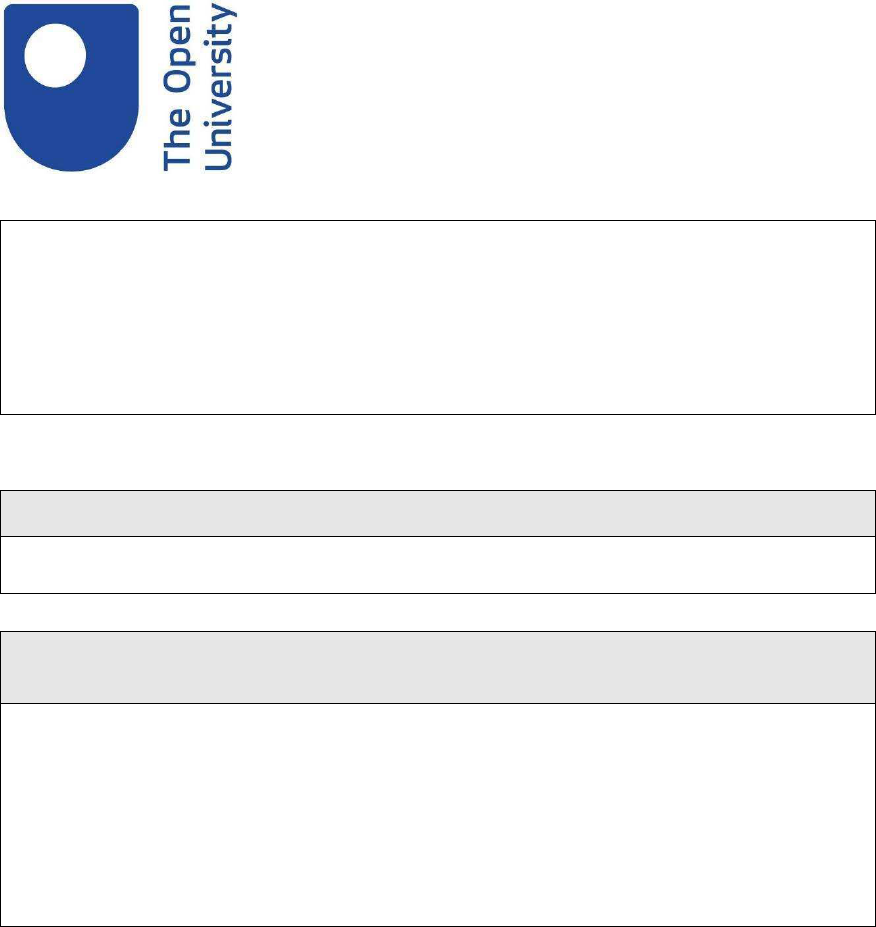
Template programme specification and curriculum map Page 44 of 69
All application documentation should be submitted/mailed directly to the Admissions
Office.
Applications receive a priority number which determines the order in which successful
applicants register for their first semester of course work.
7. Language of study
English
8. Information about non-OU standard assessment regulations (including PSRB
requirements)
Marking and assessment procedures are explained in the module descriptors, the
programme handbook and are also available on the ACT website (Student Handbook
and Regulations). They are therefore easily understood by students. Homework, exams
and term papers are 1
st
and 2
nd
marked only with constructive and positive feedback
and returned to students in due time.
All academic programmes offered at ACT have specifically-stated learning outcomes at
both the degree and the course level.
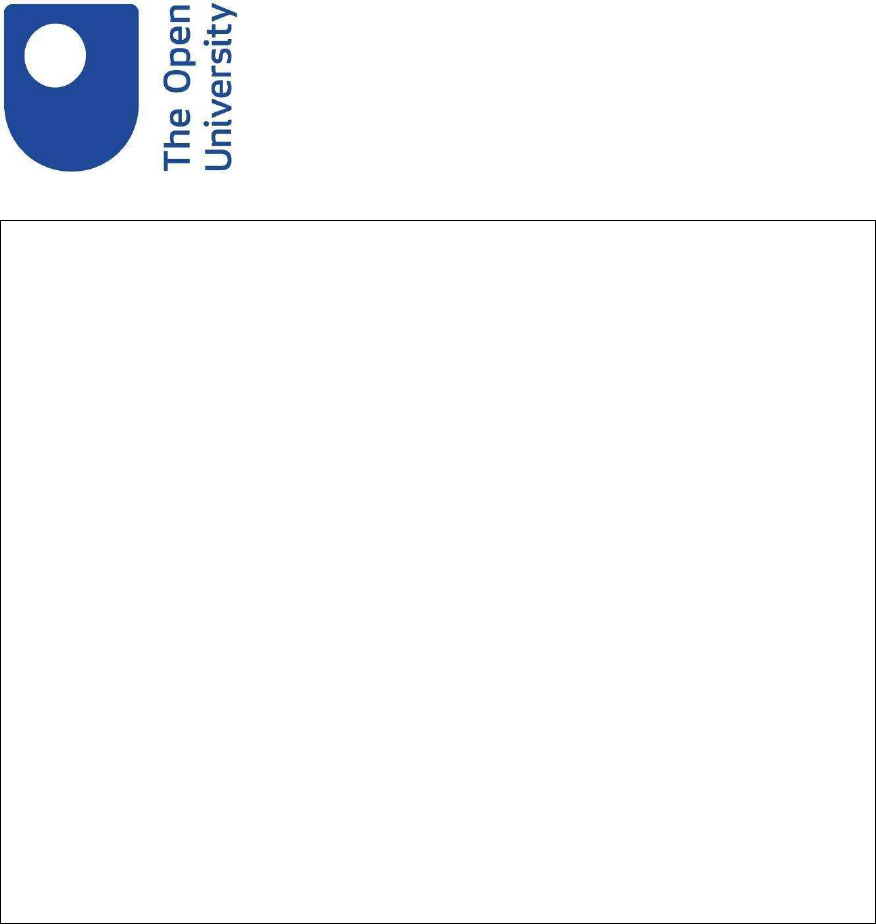
Template programme specification and curriculum map Page 45 of 69
All Majors publicise their degree programme outcomes, while all module descriptors
include clearly articulated course outcomes, with respect to both knowledge and skills.
At the module level student assessment measures include:
● examinations (summative assessments)
● quizzes (summative assessments)
● research papers (summative assessments)
● programming projects (summative assessments)
● class oral presentations (summative assessments)
● case-study analysis e.g. Business modules (summative assessments)
● homework assignments (formative assessment)
● class presentations (formative assessments)
● class participations and discussion (formative assessments)
● Fieldwork observations (formative assessments)
Chairs and key faculty have gained new perspectives on course and programme design
and measurement of fulfilment of outcomes. Over the past few years a concerted effort
has been launched to complement classroom learning with different forms of
experiential learning (Learning in ACTion), effects of which can be measured over the
course of a student’s residence at the institution.
Student Assessment Strategies aim at:
● Creating an organic relationship between Assessment and curriculum design -
assessment is a central feature of the process of programme design and
curriculum development;

Template programme specification and curriculum map Page 46 of 69
● Developing clear and consistent Assessment criteria;
● Putting in place an assessment feedback mechanism to students that is (a) timely;
(b) balanced between formative and summative feedback, which promotes
learning and achievement, and encourages improvement;
● Building a system that facilitates students learning and supports student
progression;
● Enabling students through academic support to develop the academic skills that
will enable them to progress and achieve on the programmes of their choice;
● Creating a management of assessment that is efficient, especially regarding the
amount and timings of assessment, staff and student workloads, and in the
provision of time for reflection by students.
Note: The only difference between OU modules and non-OU modules in terms of
assessments is that non-OU modules are marked only by their instructor and usually they
have more assessments than the OU ones.
9. For apprenticeships in England End Point Assessment (EPA).
(Summary of the approved assessment plan and how the academic award fits within this and the EPA)
N/A
10. Methods for evaluating and improving the quality and standards of teaching and
learning.

Template programme specification and curriculum map Page 47 of 69
Modules combine lecture, discussion (in-class and in office hours), formal presentations,
assignments, tutorials, and projects.
Evaluating is done through:
● Student evaluation forms;
● Grade averages;
● Sit in observation(s); and
● Interviews formally or informally.
● External Examiners
● OU Academic Liaison
All relevant information is passed on to individual instructors and teaching team so it can
be used to improve teaching and learning strategies. Wherever necessary, the Division
Chair conducts individual or group faculty mentoring. The departmental meetings,
division meetings and the academic council function as means to address issues for
improving the quality and standards of teaching and learning.
Faculty is encouraged to revise lecture content and delivery means on a semester basis
following student evaluations, faculty self-evaluations and administrative faculty review
(which is performed at a minimal once yearly).

Template programme specification and curriculum map Page 48 of 69
Programme Leaders are informed by industry partners on hard and soft skills required
for graduates to possess and when necessary consider their feedback in changes
implemented.
External Examiners and the OU Academic Liaison can and often do provide input through
the annual monitoring process. Their input is always considered and acted upon as
necessary.
“Learning-In-Action” initiatives are encouraged and gradually incorporated in module
activities as deemed appropriate by each faculty member. (Learning-In-Action initiatives
are such initiatives that attempt to bring students of a particular module in the work
environment of module-relevant practitioners and thus expose them to the “real-life” use
of the academic topic they are learning as well as future employment opportunities)
Thesis advisement attempts to address specific student interests, while retaining the
spirit and essence of a “capstone” project.
The departmental meetings and the academic council function as means that address
issues of improvement.
External reviewer’s improvement suggestions are valued and discussed, assessed, and
incorporated when made available.
Finally, in May 2017 a workshop on teaching and learning at ACT was conducted with
panellists that included both faculty and students and was well attended by both groups
with interesting discussions on how ACT faculty can strengthen its teaching and learning
strategies. There are plans for a follow up workshop in the near future.
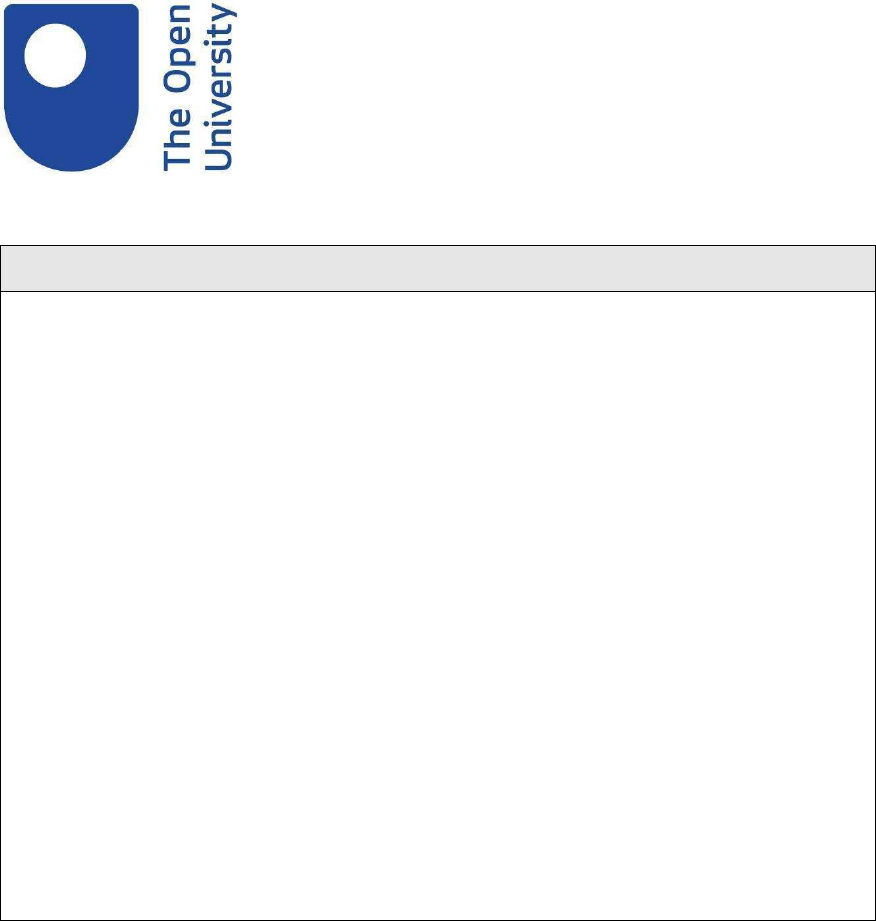
Template programme specification and curriculum map Page 49 of 69
11. Changes made to the programme since last (re)validation
Although no major changes were made to the program while it was under valuation (only
addition of business modules in the list for major electives), activities such as portfolio
analysis and module evaluation has been established as a standard process and is an
essential part of the Division’s meetings (which are held a minimum of three times a year).
Additionally, developments in the subject area of in-professional practice are frequently
discussed.
The Science and Technology division has evaluated the course offered under the
Business Computing Programme, taking into consideration academic criteria, the
student’s needs and interests as well as market needs, trends and requirements.
An area which has vastly developed during the past decade is Data Science and Artificial
Intelligence (Machine Learning and Deep Learning). Tasks of everyday life in almost
every sector, are based on specifically designed methods and algorithms which rely on
the principles of Data Science and Artificial Intelligence. Moreover, there is a strong need
in the market for personnel that employ a minimum of knowledge and skills in these two
areas. Taking also into consideration our students' interests, needs and willingness to be
involved in activities (especially in the context of their thesis) which rely on the AI
framework, there are a number of adaptations in the curriculum, by enhancing the status
of relevant courses.
In the past 3 years the division has undertaken a course portfolio analysis of its
programming (CSC 105, CSC 106, CSC 215, CSC 230, CSC 412), database
(CSC 201, CSC 205, CSC 312, CSC 450),
math
(Math 101, CSC 180, MATH 115,
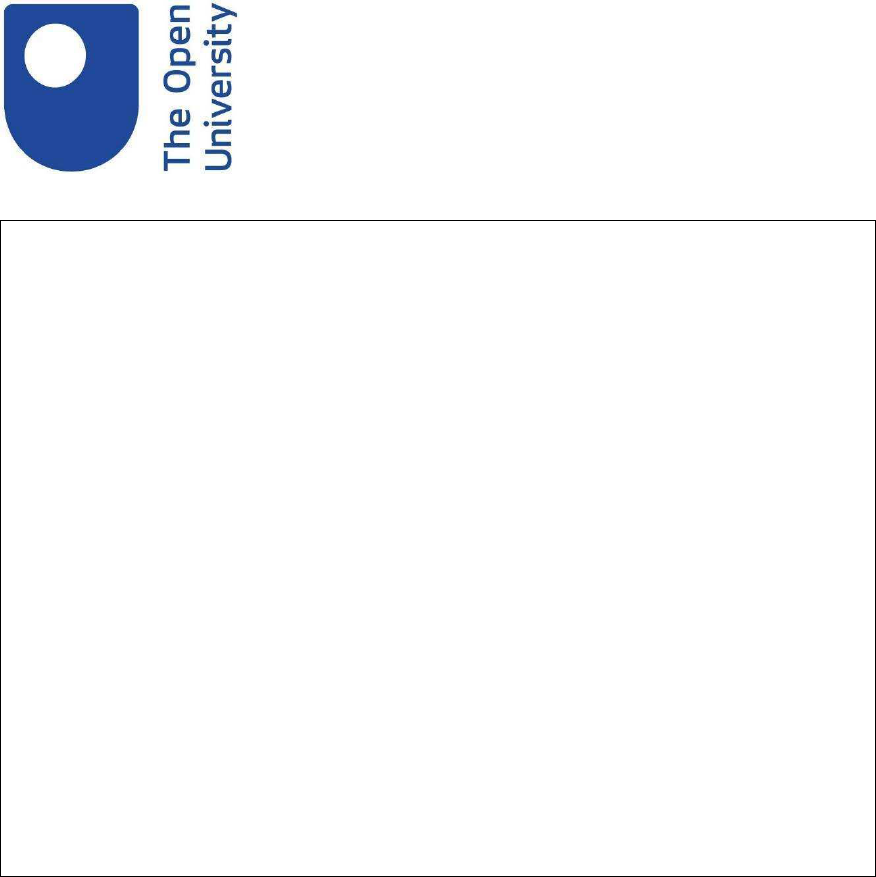
Template programme specification and curriculum map Page 50 of 69
MATH 120, Math 220, MATH 230),
as well as its
data related modules (CSC 151,
STAT 205). A Software Engineering module has also been added as a non-OU
module. Note, while not all of these modules are not required for the OY degree, they
are options for the ACT students with in the ACT degree, which includes all OU degree
modules.
There is also the intention to incorporate the monitoring of developments in QAA subject
benchmarks in Division meetings, office and corridoral discource.
The purpose of the proposed modifications presented here is to refine and enhance the
programme by introducing new courses, offer more courses as Major Electives, as well
as upgrading the status of currently offered ones.
Under this scope, CSC 107: Digital Media Toolkit will not be part of the Major
Requirements modules, and will continue to be offered as a required course, part of the
ACT degree only. STAT 210 will be offered as a Level 4 module and will be renamed
to “Statistics with R”. The gap created in the number of Level-5 modules will be filled by
CSC340: Artificial Intelligence. CSC340 was offered as a Free Elective for the last two
years and will become a Major requirement from this academic year. Taking into
consideration the great breakthrough of AI applications in every sector as well as the
strong interest of our students in the field, either by enrolling in the specific module or by
choosing an AI-related topic for their thesis, we believe that this module will enhance our
curriculum.
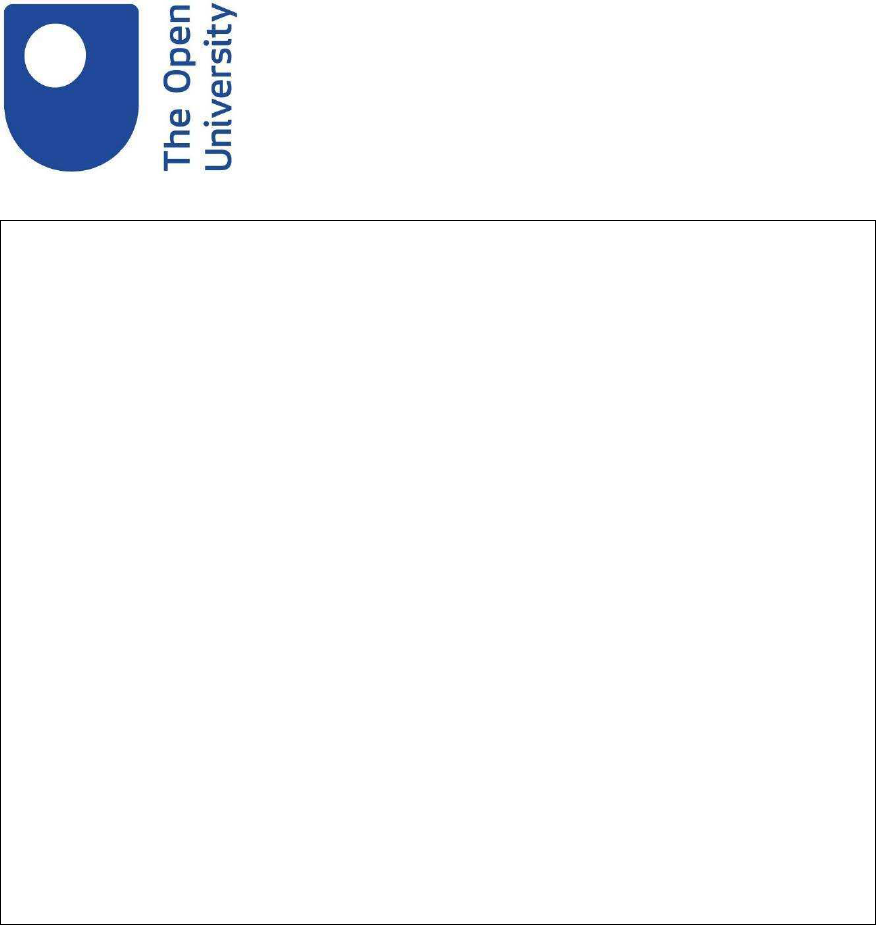
Template programme specification and curriculum map Page 51 of 69
Moreover, a practicum module is also introduced as a Major Elective, giving our students
the opportunity to get first-hand professional experience within an institution of their
choice.
More specifically, the current Major Electives list includes the following modules:
Computer Science
- CSC 219 - Video Game Design
- CSC 321 - Operating Systems
- CSC 330 - Introduction to Mobile Robotics
- CSC 412 - Object Oriented Design Patterns
- CSC 421 - Computer Systems Security
- CSC 422 - Advanced DBMS
Business
- FIN 210 - International Money and Banking
- FIN 220 - Investment and Portfolio Management
- FIN 232 - International Finance
- MKTG 320 - Marketing Research
- MKTG 324 - E-Marketing
- MAN 210 - Human Resources Management of Growth
The updated list of the Major Electives modules will include all of the above Computer
Science and Business modules, as well as the following:
Computer Science
- CSC 333 - Computer Networks II

Template programme specification and curriculum map Page 52 of 69
Business
- ECON 332 - International Economics
- MKTG 301 - Entrepreneurial and Corporate Marketing Strategy
- MKTG 303 - Tourism e-business
- MKTG 318 - Global Marketing
- MKTG 330 - Consumer Behaviour
- MAN 302 - Revenue Management
- MAN 303 - Events Management
- MAN 305 - HR in Hotel and Tourism
- MAN 306 - Tourism and Real Estate Management
- MAN 312 - Operations Management
- MAN 322 - Business Strategy I
- MAN 323 - Business Strategy II (Capstone Project)
- MAN 341 - Business in Greece and the EU
Practicum
- PRAC 300 - Practicum
These additions will provide more options to our students and will make our degree more
modern and marketable.
Annexe 1: Curriculum map
Annexe 2: Curriculum mapping against the apprenticeship standard or framework (delete if not required.)
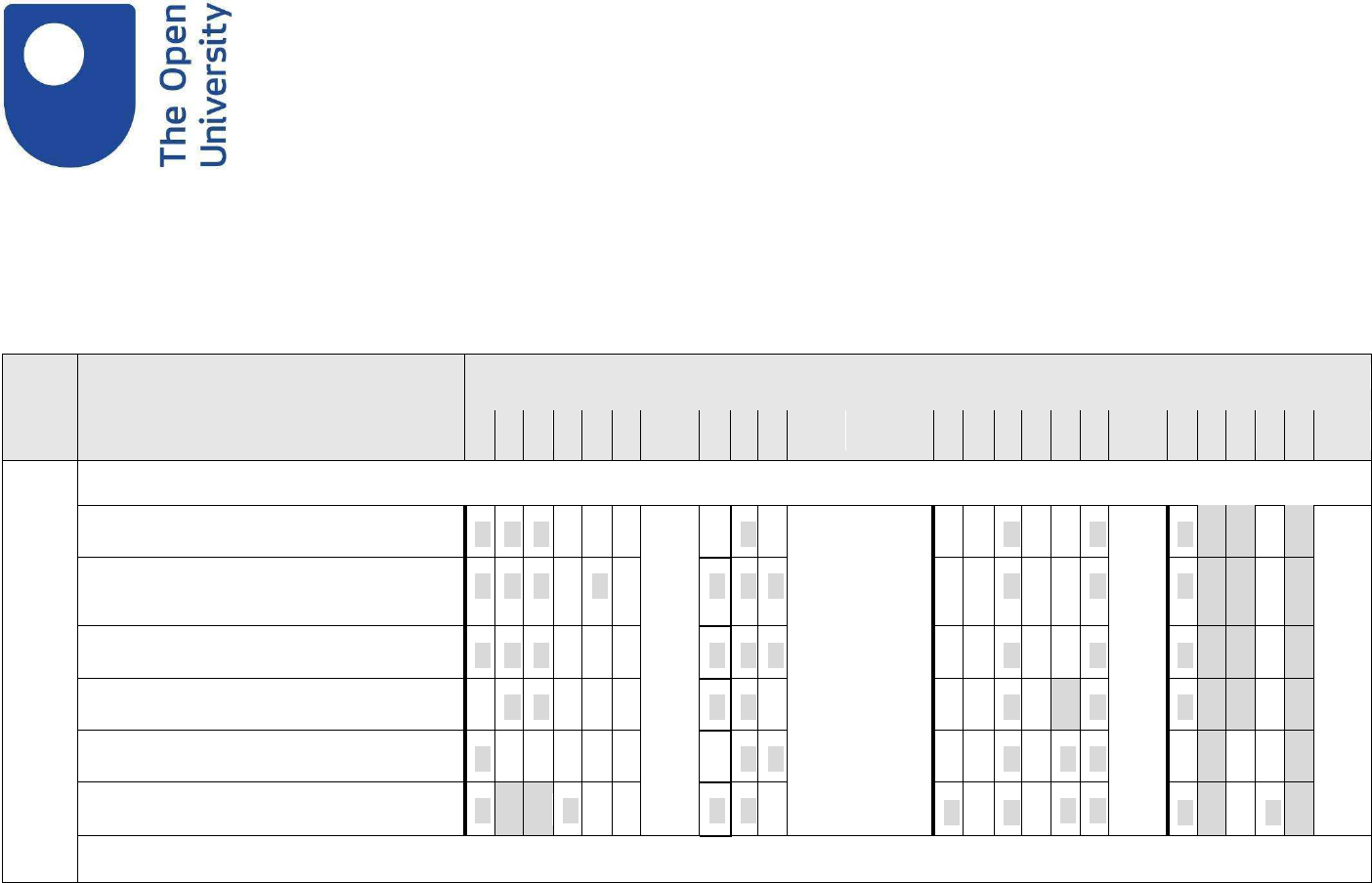
Template programme specification and curriculum map Page 53 of 69
Annexe 3: Notes on completing the OU programme specification template
Annexe 4: Program Flowchart
Annexe 5: Assessment Mapping Annexe 1 - Curriculum map
This table indicates which study units assume responsibility for delivering (shaded) and assessing (✔) particular programme learning outcomes.
Programme outcomes
Level Study module/unit
A
1
A
2
A
3
A
4
A
5
A
6
B
1
B
2
B
3
C
1
C
2
C
3
C
4
C
5
C
6
D
1
D
2
D
3
D
4
D
5
4
Compulsory Modules
CSC 105
-
Structured Programming
✔
✔
✔
✔
✔
✔
✔
CSC 106
-
Object Oriented
Programming
✔
✔
✔
✔
✔
✔
✔
✔
✔
✔
CSC 205
-
Business Data Management
✔
✔
✔
✔
✔
✔
✔
✔
✔
CSC 215
-
Data Structures
✔
✔
✔
✔
✔
✔
✔
MATH 115
-
Business Calculus
✔
✔
✔
✔
✔
✔
STAT 2
10
-
Statistics with R
✔
✔
✔
✔
✔
✔
✔
✔
✔
✔
Optional Modules
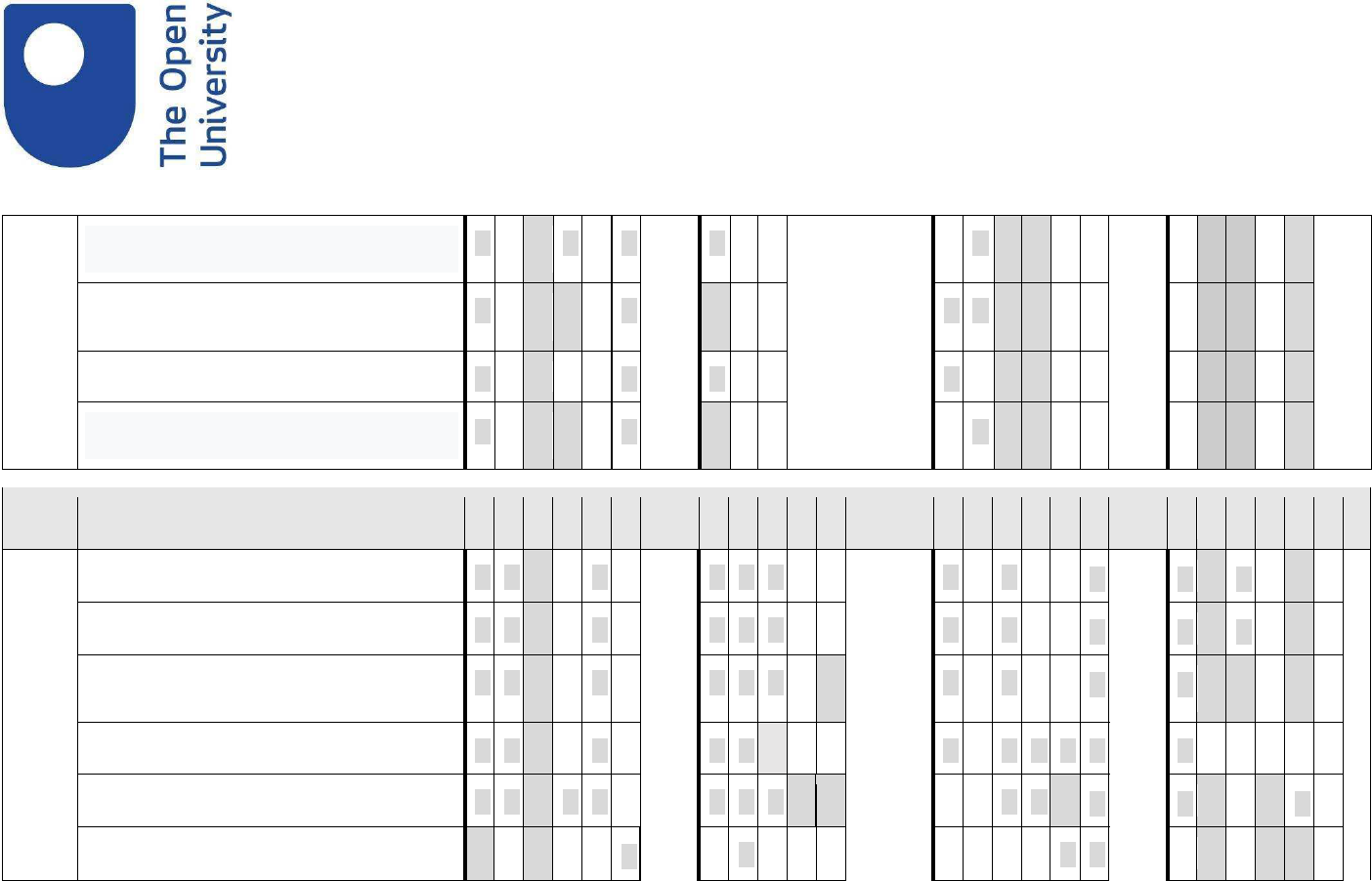
Template programme specification and curriculum map Page 54 of 69
Economics 101
-
Introductory
Economics
✔
✔
✔
✔
✔
Marketing 101
-
Introd
uction to
Marketing
✔
✔
✔
✔
Accounting 101
-
Financial Accounting
✔
✔
✔
✔
Management 101
-
Introduction to
Management
✔
✔
✔
Level Study module/unit
A
1
A
2
A
3
A
4
A
5
A
6
B
1
B
2
B
3
B
4
B
5
C
1
C
2
C
3
C
4
C
5
C
6
D
1
D
2
D
3
D
4
D
5
D
6
5
CSC 206
-
Web Development
✔
✔
✔
✔
✔
✔
✔
✔
✔
✔
✔
CSC 306
-
Advanced Web Development
✔
✔
✔
✔
✔
✔
✔
✔
✔
✔
✔
CSC 312
-
Database Management
Systems
✔
✔
✔
✔
✔
✔
✔
✔
✔
✔
CSC 340
-
Artificial Intelligence
✔
✔
✔
✔
✔
✔
✔
✔
✔
✔
✔
CSC 450
-
System Analysis and Design
✔
✔
✔
✔
✔
✔
✔
✔
✔
✔
✔
✔
FIN 201
-
Financial Management
✔
✔
✔
✔
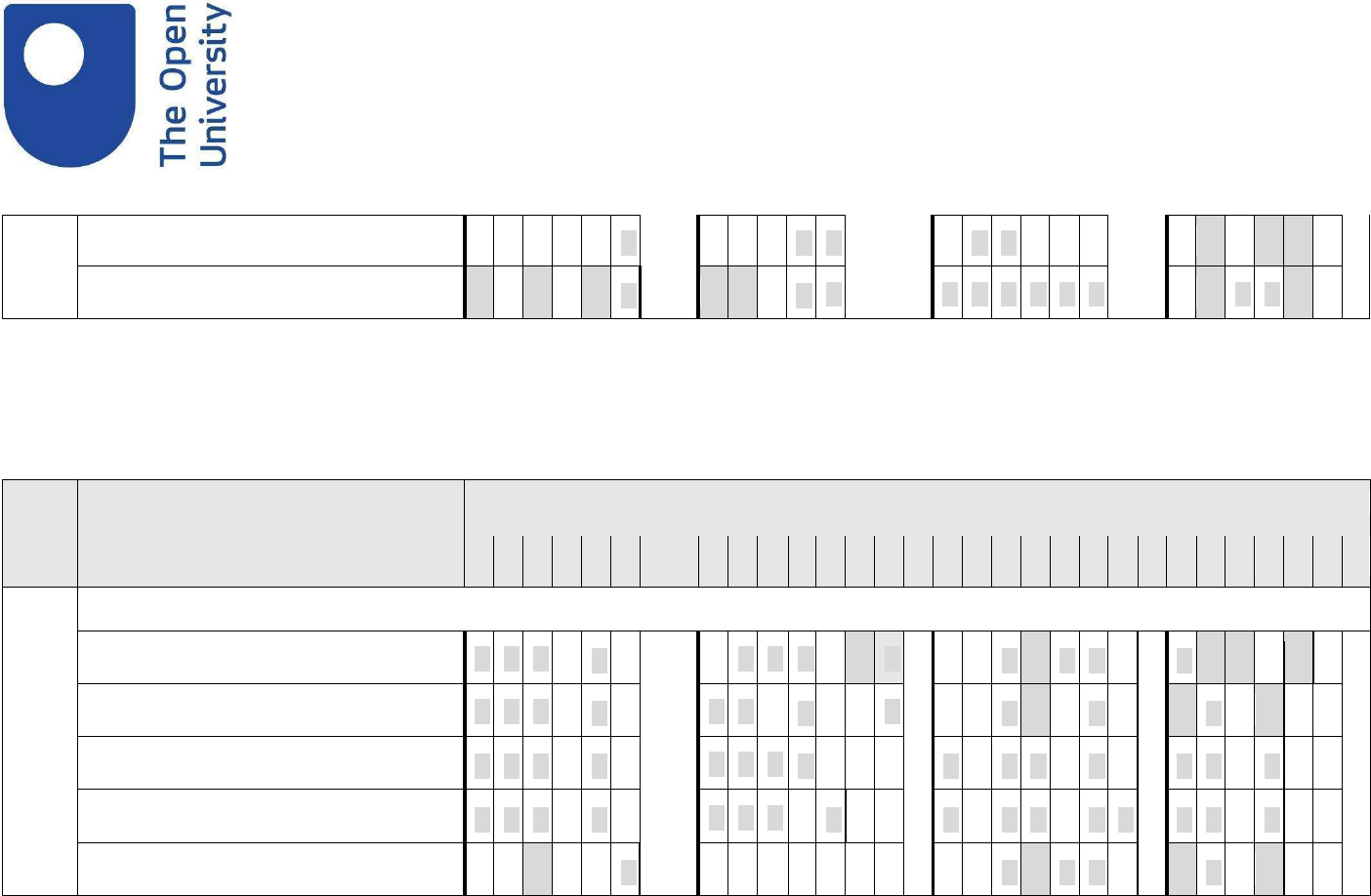
Template programme specification and curriculum map Page 55 of 69
MAN 201
-
Organisational Behaviour
✔
✔
✔
✔
✔
RES 299
-
Research Methods
✔
✔
✔
✔
✔
✔
✔
✔
✔
✔
✔
Programme outcomes
Level Study module/unit
A
1
A
2
A
3
A
4
A
5
A
6
B
1
B
2
B
3
B
4
B
5
B
6
B
7
C
1
C
2
C
3
C
4
C
5
C
6
C
7
D
1
D
2
D
3
D
4
D
5
D
6
6
Compulsory Modules
CSC 322
-
Computer Networks I
✔
✔
✔
✔
✔
✔
✔
✔
✔
✔
✔
✔
CSC 325
-
Distributed Applications
✔
✔
✔
✔
✔
✔
✔
✔
✔
✔
✔
CSC 443
-
Thesis I
✔
✔
✔
✔
✔
✔
✔
✔
✔
✔
✔
✔
✔
✔
✔
CSC 444
-
Thesis II
✔
✔
✔
✔
✔
✔
✔
✔
✔
✔
✔
✔
✔
✔
✔
✔
MAN 312
-
Operations Management
✔
✔
✔
✔
✔
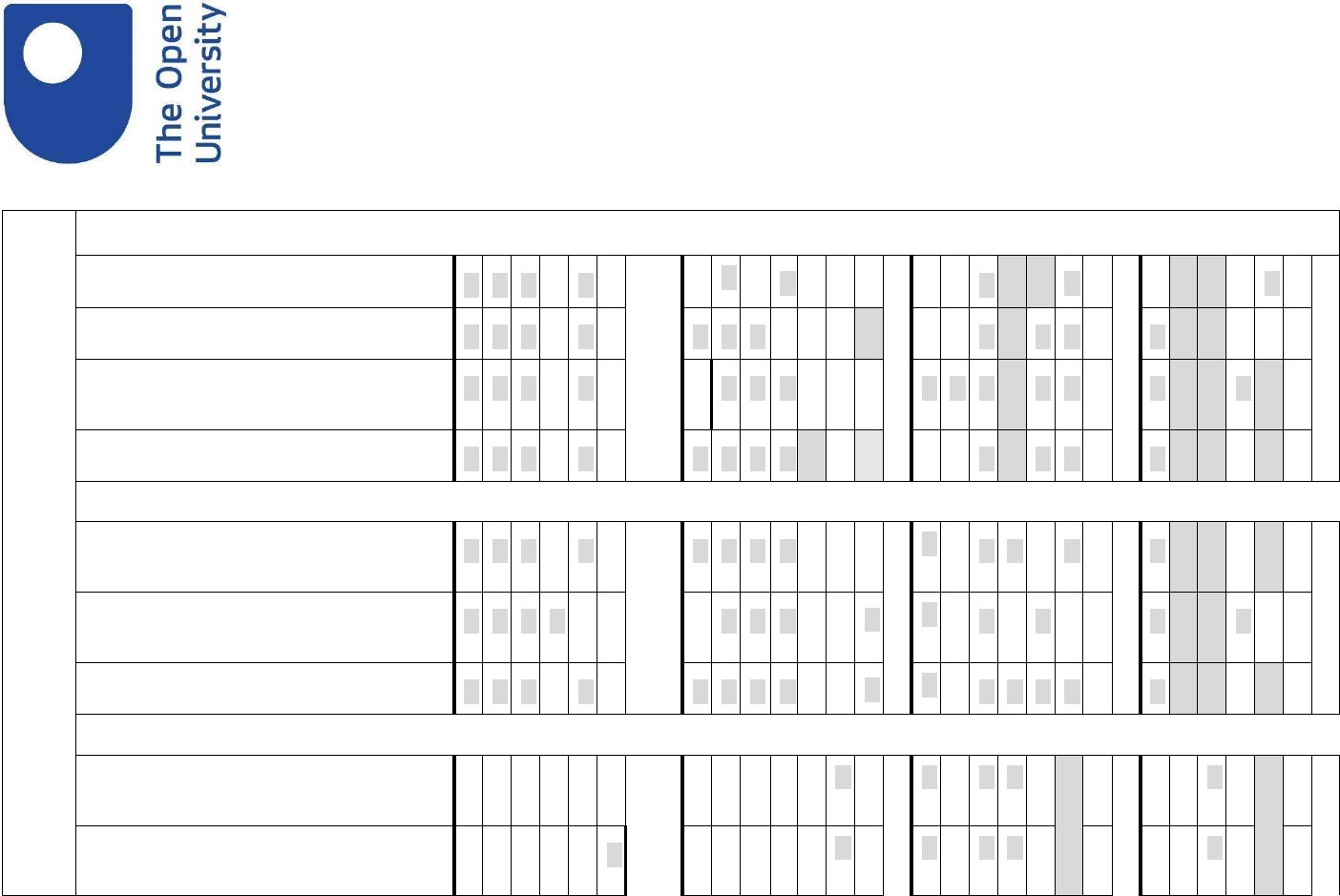
Template programme specification and curriculum map Page 56 of 69
Optional Modules
CSC 219
-
Video Game Design
✔
✔
✔
✔
✔
✔
✔
✔
✔
CSC 321
-
Operating Systems
✔
✔
✔
✔
✔
✔
✔
✔
✔
✔
✔
✔
CSC 330
–
Introduction to Mobile
Robotics
✔
✔
✔
✔
✔
✔
✔
✔
✔
✔
✔
✔
✔
✔
CSC 333
-
Computer Networks II
✔
✔
✔
✔
✔
✔
✔
✔
✔
✔
✔
✔
CSC 412
-
Object Oriented Design
Patterns
✔
✔
✔
✔
✔
✔
✔
✔
✔
✔
✔
✔
✔
CSC 421
-
Computer Systems
Security
✔
✔
✔
✔
✔
✔
✔
✔
✔
✔
✔
✔
✔
CSC 422
-
Advanced DBMS
✔
✔
✔
✔
✔
✔
✔
✔
✔
✔
✔
✔
✔
✔
✔
ECON 332
-
International
Economics
✔
✔
✔
✔
✔
FIN 210
-
International Money and
Banking
✔
✔
✔
✔
✔
✔
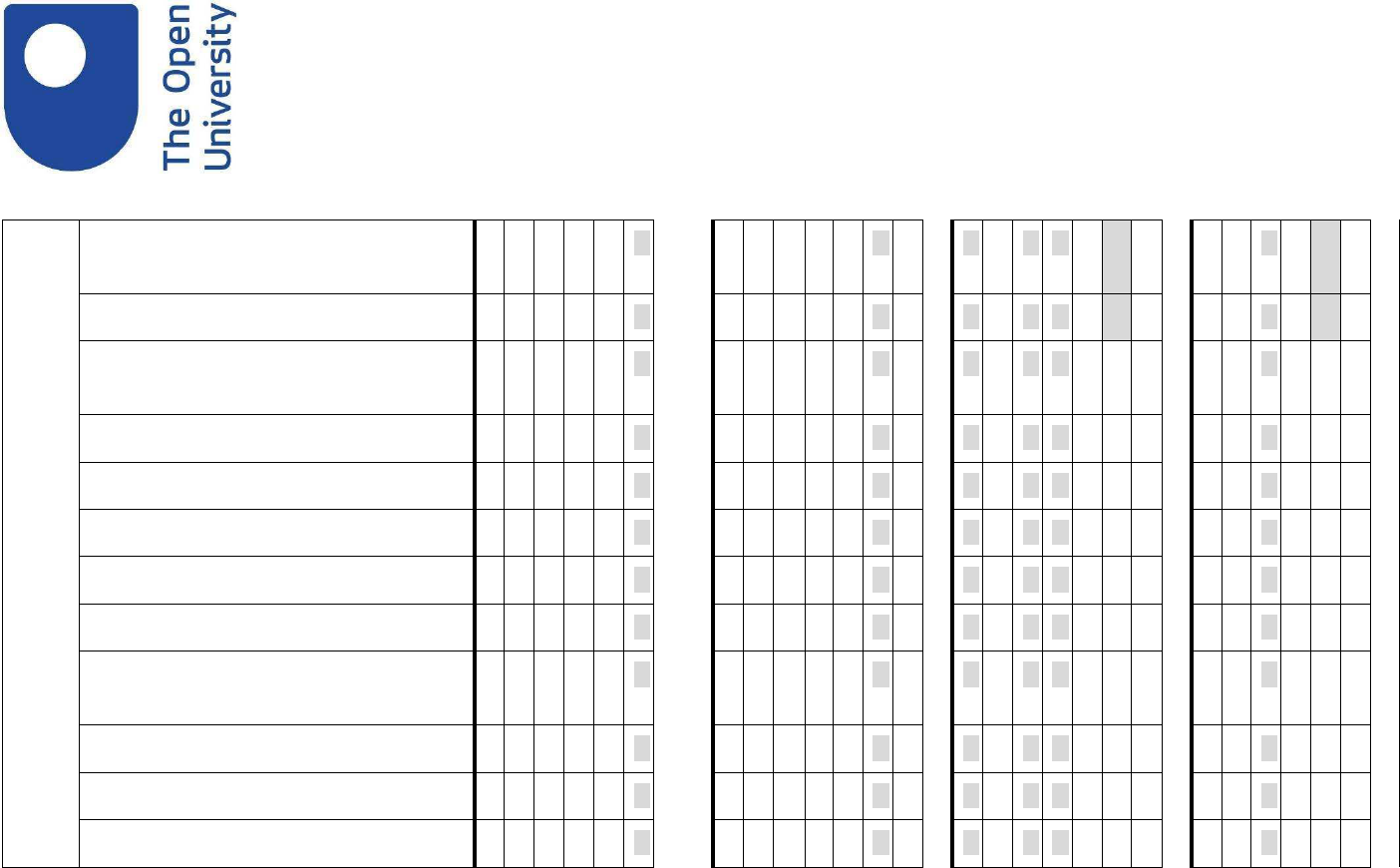
Template programme specification and curriculum map Page 57 of 69
FIN 220
-
Investment and Portfolio
Management
✔
✔
✔
✔
✔
✔
FIN 232
-
International Finance
✔
✔
✔
✔
✔
✔
MKTG 301
-
Entrepreneurial and
Corporate Market
✔
✔
✔
✔
✔
✔
MKTG 303
-
Tourism e
-
business
✔
✔
✔
✔
✔
✔
MKTG 318
-
Global Marketing
✔
✔
✔
✔
✔
✔
MKTG 320
-
Marketing Research
✔
✔
✔
✔
✔
✔
MKTG 324
-
e
-
Marketing
✔
✔
✔
✔
✔
✔
MKTG 330
-
Consumer Behaviour
✔
✔
✔
✔
✔
✔
MAN 210
-
Human Resource
Management of Growth
✔
✔
✔
✔
✔
✔
MAN 302
-
Revenue Management
✔
✔
✔
✔
✔
✔
MAN 303
-
Events Management
✔
✔
✔
✔
✔
✔
MAN 305
-
HR in Hotel and
Tourism
✔
✔
✔
✔
✔
✔
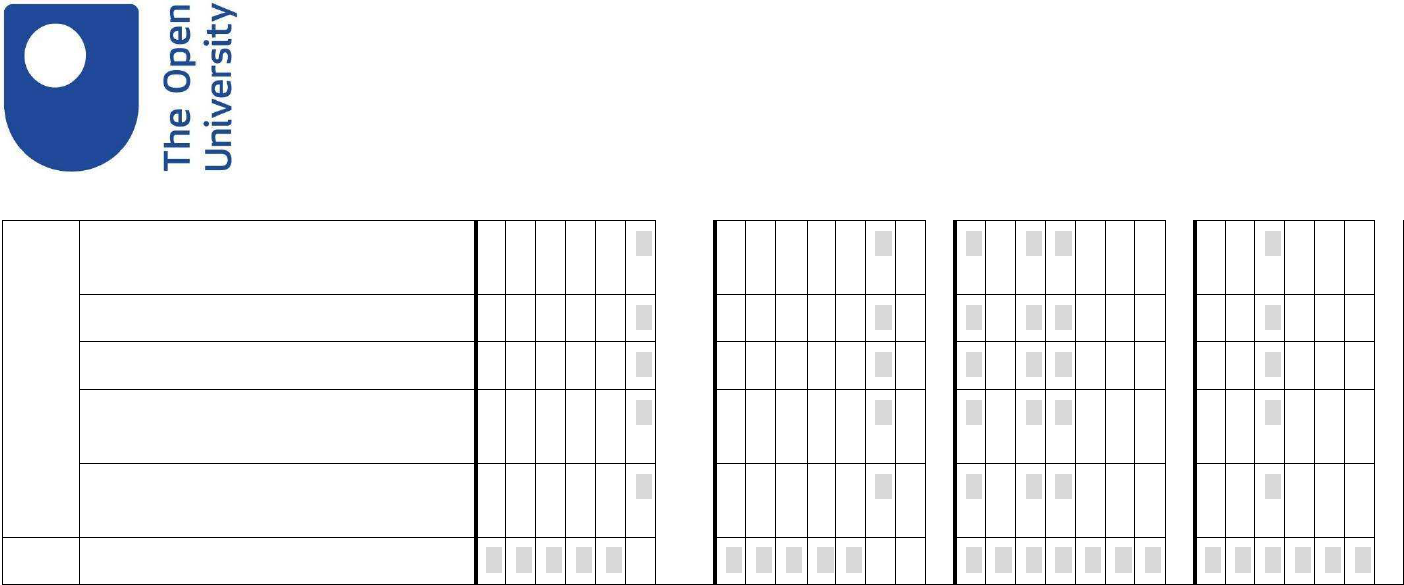
Template programme specification and curriculum map Page 58 of 69
MAN 306
-
Tourism and Real Es
tate
Management
✔
✔
✔
✔
✔
✔
✔
✔
✔
✔
✔
✔
MAN 322
-
Business Strategy I
✔
✔
✔
✔
✔
✔
MAN 323
-
Business Strategy I
I
(Capstone Project)
✔
✔
✔
✔
✔
✔
MAN 341
-
Business in Greece
and
the EU
✔
✔
✔
✔
✔
✔
PRAC 300
-
Practicum
✔
✔
✔
✔
✔
✔
✔
✔
✔
✔
✔
✔
✔
✔
✔
✔
✔
✔
✔
✔
✔
✔
✔

Template programme specification and curriculum map Page 59 of 69
Annexe 2: Notes on completing programme specification templates
1 - This programme specification should be mapped against the learning outcomes detailed in module specifications.
2 – The expectations regarding student achievement and attributes described by the learning outcome in section 3 must be appropriate to the
level of the award within the QAA frameworks for HE qualifications: http://www.qaa.ac.uk/AssuringStandardsAndQuality/Pages/default.aspx
3 – Learning outcomes must also reflect the detailed statements of graduate attributes set out in QAA subject benchmark statements that are
relevant to the programme/award: http://www.qaa.ac.uk/AssuringStandardsAndQuality/subject-guidance/Pages/Subject-benchmark-
statements.aspx
4 – In section 3, the learning and teaching methods deployed should enable the achievement of the full range of intended learning outcomes.
Similarly, the choice of assessment methods in section 3 should enable students to demonstrate the achievement of related learning outcomes.
Overall, assessment should cover the full range of learning outcomes.
5 - Where the programme contains validated exit awards (e.g. CertHE, DipHE, PGDip), learning outcomes must be clearly specified for each
award.
6 - For programmes with distinctive study routes or pathways the specific rationale and learning outcomes for each route must be provided.
7 – Validated programmes delivered in languages other then English must have programme specifications both in English and the language
of delivery.
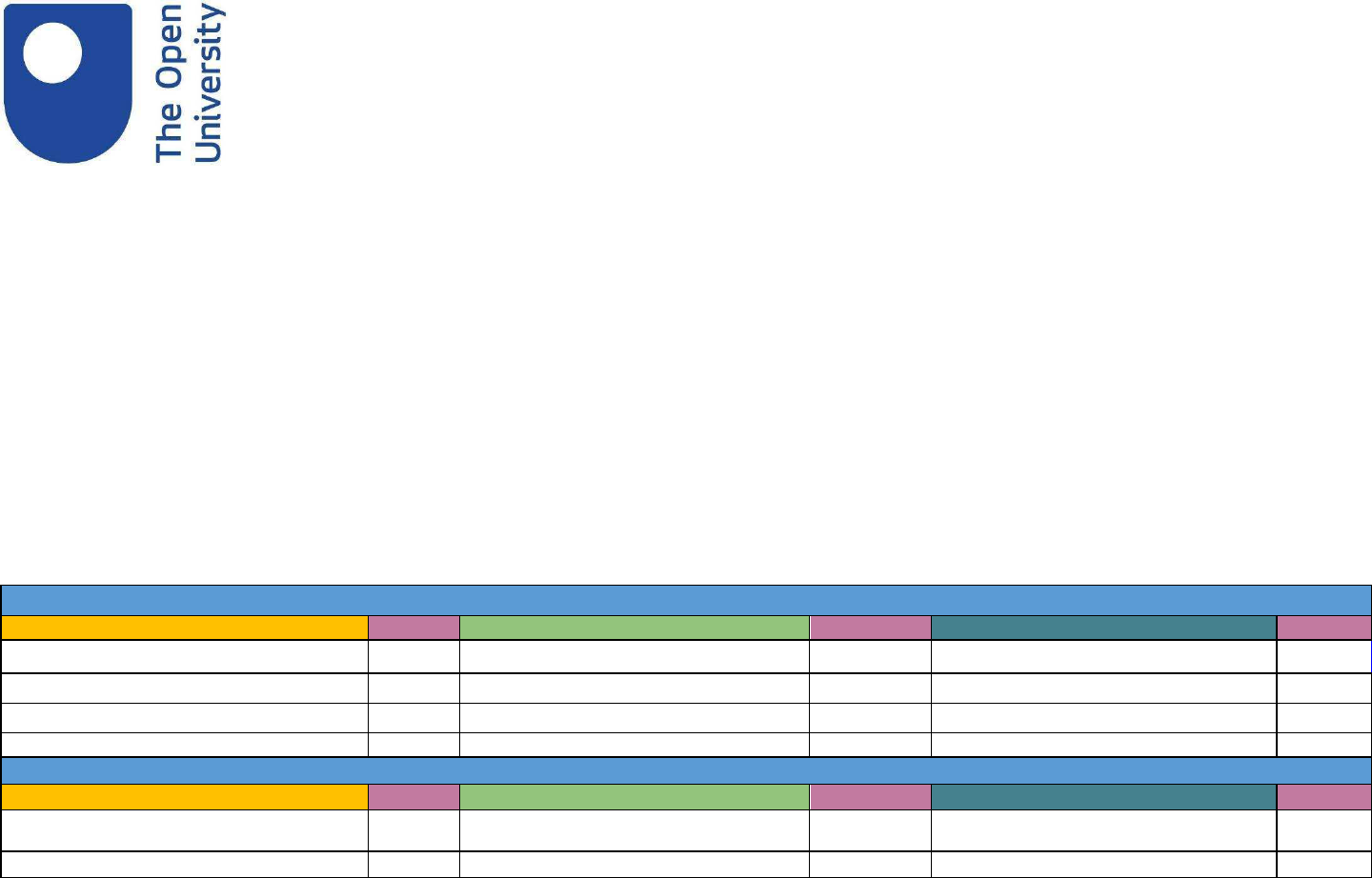
Template programme specification and curriculum map Page 60 of 69
Annexe 3: Detailed curriculum ACT students follow (OU validates and ACT own graduation requirements)
ACT Business Computing programme of Studies
The American College of Thessaloniki (ACT) is the tertiary division of ANATOLIA founded in 1886. It is accredited in the USA by the NEASC
accrediting agency (New England Association of Schools and Colleges) to offer BSc and MSc degrees. Graduates of ACT receive both a U.K.
and a U.S.A. degree.
Part of the USA accrediting requirements is that students complete 40 modules of 15 credit points each.
Below we are presenting the whole 4 years of study at ACT by level, year and semester.
● All modules in bold text are OU modules, while the ones in regular text are ACT degree only modules. Note: The OU degree requires 28
modules in total, while the ACT’s own degree requires 40 modules.
● Modules in regular type are ACT modules required by the ACT degree. These are either general education requirements (GER) of ACT’s
own degree requirements.
Year 1
Fall Grade Spring I Grade Spring II Grade
CS105 - Structured Programming
CCS106 - Object Oriented Programming
ACT Module (GER 4)
ACT Module (MATH101 - Finite Structures)
MATH 115 - Business Calculus I
ACT Module (GER 5)
ACT Module (GER 1)
CSC 107 - Multimedia Toolkit
ACT Module (GER 2)
ACT Module (GER 3)
Year 2
Fall Grade Spring I Grade Spring II Grade
CSC 205 - Business Data Management
Business Elective #2 (ECON or MRKT or ACC
or MAN101)
CSC450 - System Analysis & Design
CSC215 - Data Structures & Algorithms
STAT210 - Introductory Statistics with R
ACT Module (GER 9)

Template programme specification and curriculum map Page 61 of 69
Business Elective #1 (ECON or MRKT or ACC or
MAN101)
ACT module - Business Elective #3 (ECON or
MRKT or ACC or MAN101)
ACT Module - CSC151 Quantitative Computing ACT Module (GER 8)
Year 3
Fall Grade Spring I Grade Spring II Grade
CSC206 - Web Development CSC306 Advanced Web Development
ACT Module (GER 11)
CSC312 - Database Management Systems RES 299 - Research Methods ACT Module (FE3)
CSC340 - Artificial Intelligence MAN 201 - Organisational Behaviour
FIN 201 - Financial Management
ACT Module (GER 10)
Year 4
Fall Grade Spring I Grade Spring II Grade
CSC325 - Distributed Applications CSC322 - Computer Networks I ACT Module (FE4)
Major Elective #1 CSC444 - Thesis II ACT Module (GER 12)
Major Elective #2 MAN 312 - Operations Management
CSC433 - Thesis I Major Elective #3
Major Electives List
Computing
Business
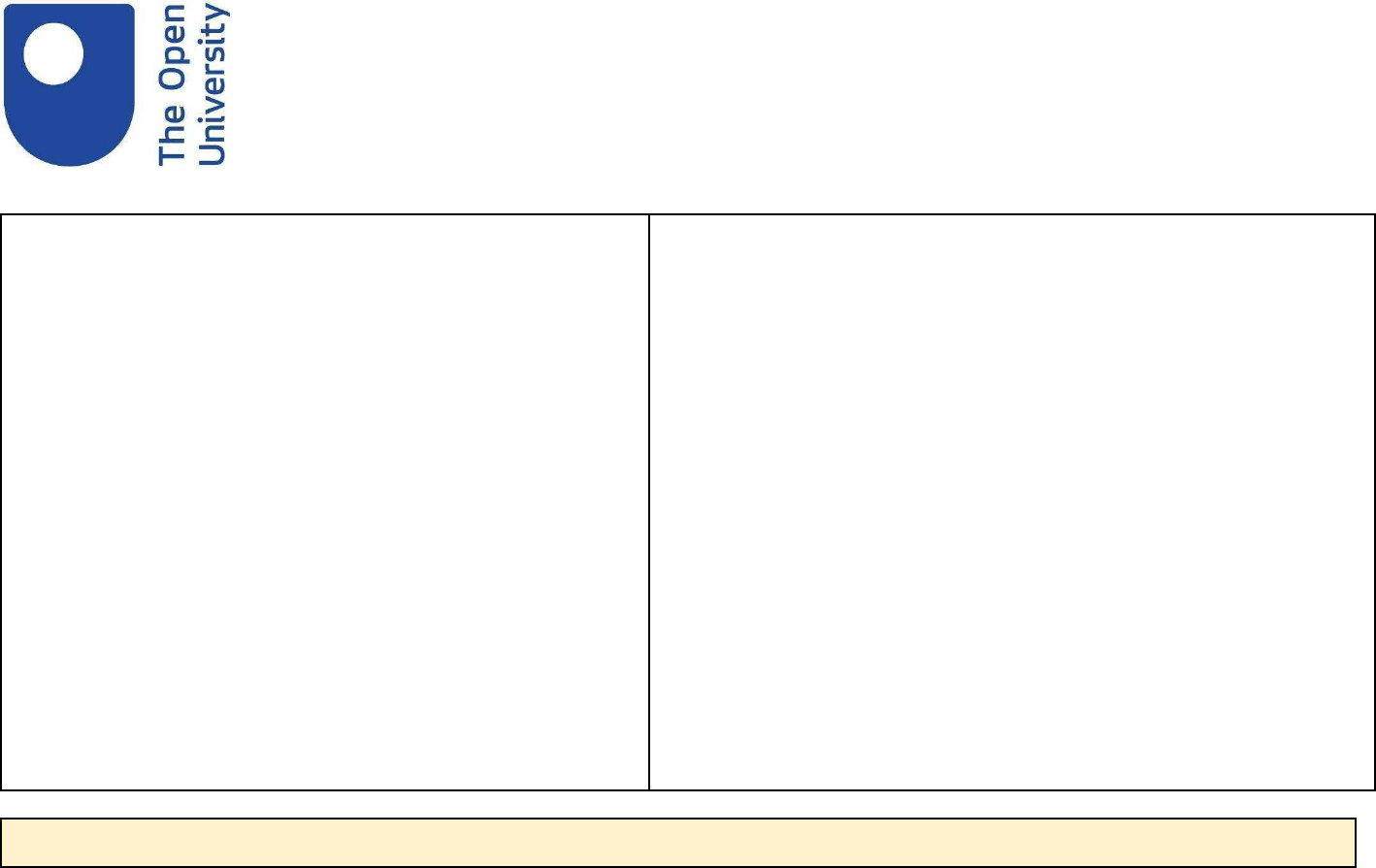
Template programme specification and curriculum map Page 62 of 69
● CSC 219 - Video Game Design
● CSC 321 - Operating Systems
● CSC 330 – Introduction to Mobile Robotics
● CSC 333 - Computer Networks II
● CSC 340 - Artificial Intelligence
● CSC 412 - Object Oriented Design Patterns
● CSS 421 - Computer Systems Security
● CSC 422 - Advanced DBMS
● PRAC 300 - Practicum
● ECON 332 - International Economics
● FIN 210 - International Money and Banking
● FIN 220 - Investment and Portfolio Management
● FIN 232 - International Finance
● MKTG 301 - Entrepreneurial and Corporate Marketing
Strategy
● MKTG 303 - Tourism e-business
● MKTG 318 - Global Marketing
● MKTG 320 - Marketing Research
● MKTG 330 - Consumer Behaviour
● MKTG 324 - E-Marketing
● MAN 210 - Human Resource Management of Growth
● MAN 302 - Revenue Management
● MAN 303 - Events Management
● MAN 305 - HR in Hotel and Tourism
● MAN 306 - Tourism and Real Estate Management
● MAN 312 - Operations Management
● MAN 322 - Business Strategy I
● MAN 323 - Business Strategy II (Capstone Project)
● MAN 341 - Business in Greece and the EU
GER
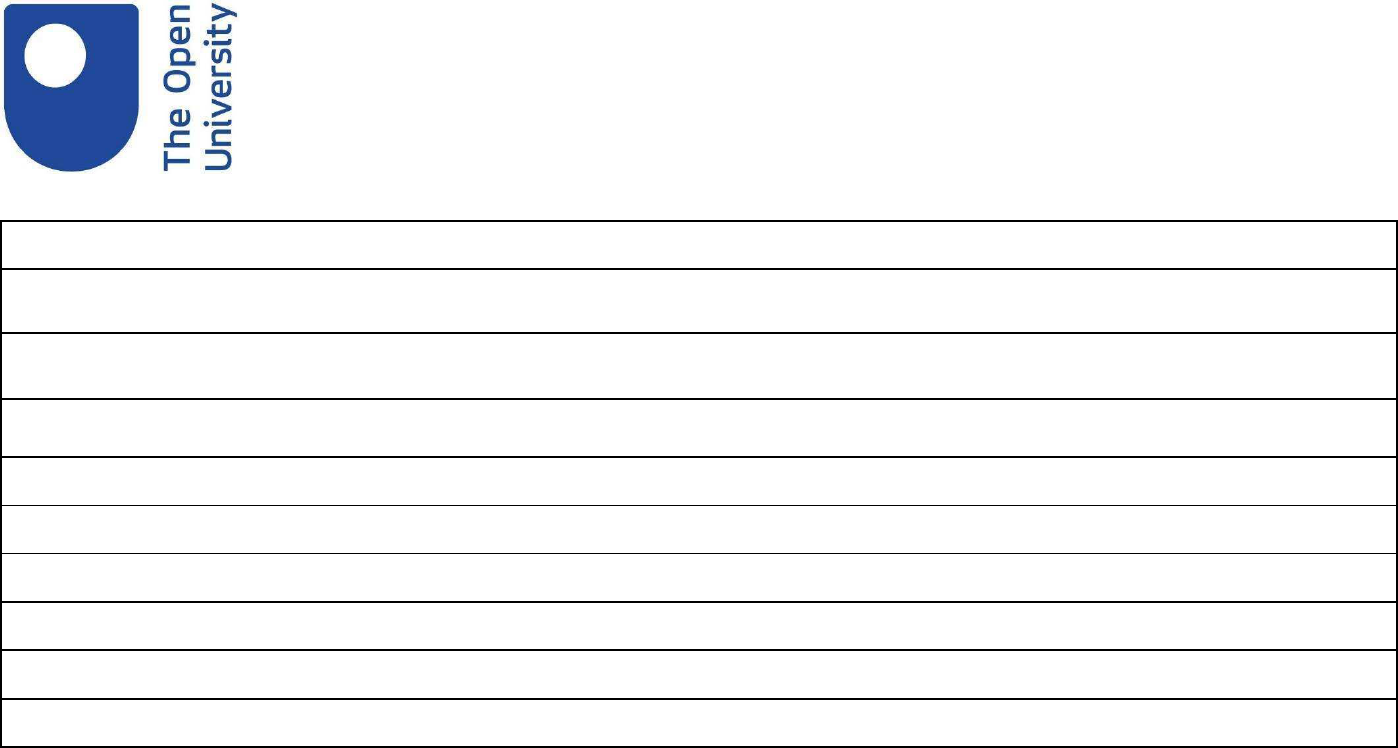
Template programme specification and curriculum map Page 63 of 69
ENG 101
-
English I
ENG 102
-
English II
ENG 204
-
Business English
PHIL 101
-
Philosophy
PHIL 203
-
Ethics
POL 101
-
Politics
HIS 120
-
History
SOC/PSY/ANTH 101
-
Social Science
Natural Science
ART/ENG/MUS 120, Art or Literature
ACT Degree - General Education Requirements (GER)

Template programme specification and curriculum map Page 64 of 69
All ACT students are required to take a common general education curriculum consisting of 14 courses (42 semester hours) taken
optimally in semesters one through five. The General Education Requirements (GERs) are coordinated across divisions and
disciplines by the Academic Council with key input from faculty at the division level. The GERs are still placed into three main
categories, the Arts and Humanities (six courses, including Freshman English), the Sciences, and the Social Sciences (cf. Reflective
Essay on Educational Effectiveness). The list of requirements is published in a number of official documents and ACT’s website.
As a mechanism to implement and support student learning outcomes at the institution and program levels, the GER courses are
aligned with all academic programs to provide not only breadth of knowledge of the disciplines directly relevant to specific majors but
also a number of transferrable skills with a professionally-oriented dimension. In addition to developing communication and digital
literacy skills, the GER curriculum emphasizes critical thinking and problem solving, quantitative reasoning, civic engagement, conflict
resolution, creative expression and ethical integrity. With its solid liberal arts underpinning, the GER curriculum enriches students’
educational experiences as they are also exposed to a range of viewpoints and debates that are part of current public discourse.
Student work evidences progression from year to year in terms of breadth and depth of knowledge, ability to select and employ
appropriate methodologies to analyse empirical data, and ability to construct a cogent argument on a given topic. At the program
level, curricula maps currently reflect more explicitly the skills, knowledge and understanding of all major requirements at each of the
three levels taught and at the overall program level. Consequently, teaching, learning and assessment strategies have been clearly
outlined to effect: 1) the acquisition of a broad knowledge base and a range of skills in the respective discipline (Level 4), 2) the
increased analytical demands, evaluation of information and command of specialized skills in the respective discipline (Level 5), and
3) the critical review, consolidation and synthetic application of knowledge acquisition in the respective discipline (Level 6).

Template programme specification and curriculum map Page 65 of
69
Annexe 4: Program Flowchart

Template programme specification and curriculum map Page 66 of 69
Annexe 5: Assessment Mapping
LEVEL 4 Modules
Course Assessments Week 1
Week 2
Week 3
Week 4
Week 5
Week 6
Week 7
Week 8
Week 9
Week 10
Week 11
Week 12
CSC 105
Midterm Exam
X X
Course Project
X
Final Exam
X
CSC 106
Midterm Exam
X X
SW Development Project
X
Final Exam
X
CSC 205
Midterm Project
X X
Quiz set X X X
X
Final Project
X
Final Exam
X
CSC 215
Midterm Exam
X X
Course Project
X X
Final Exam
X
MATH
115
Quiz set
X X
X X
Midterm Exam
X
Final Exam
X
Project
X
STAT 210
Quiz set
X X
X X
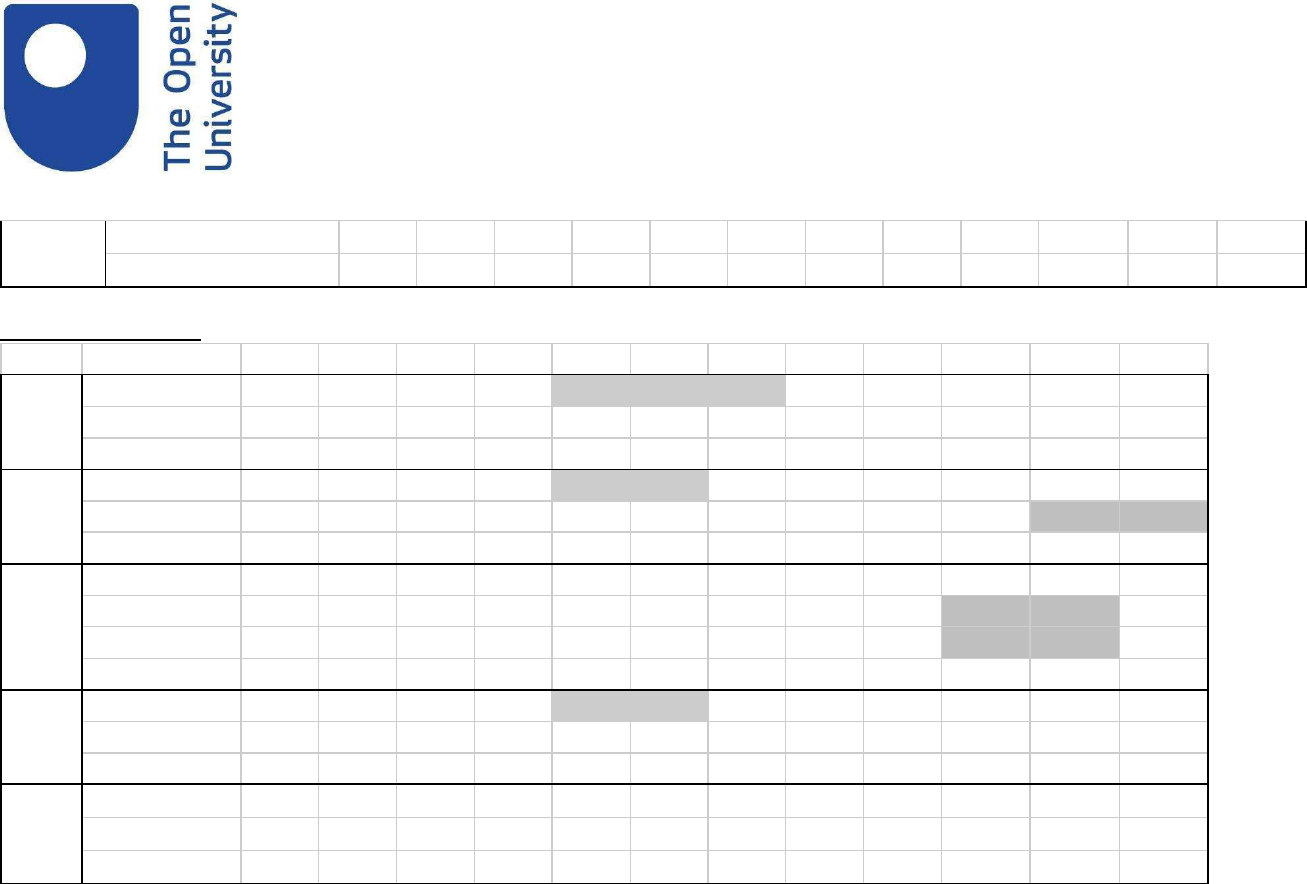
Template programme specification and curriculum map Page 67 of 69
Term Project
X
Final Exam
X
LEVEL 5 Modules
Course Assessments Week 1
Week 2
Week 3
Week 4
Week 5
Week 6
Week 7
Week 8
Week 9
Week 10
Week 11
Week 12
CSC
206
Midterm Exam
X X X
Final Exam
X
Final Project
X
CSC
306
Midterm Exam
X X
Final Project
X X
Final Exam
X
CSC
312
Quiz Set
X
X
X
Term Project
X X
Research Project
X X
Final Exam
X
CSC
340
Midterm Exam
X X
Course Project
X
Final Exam
X
CSC
450
Quiz Set
X
X
X
Research Project
X
Term Project
X

Template programme specification and curriculum map Page 68 of 69
LEVEL 6 Modules
Course
Assessme
nts Week 1 Week 2 Week 3 Week 4 Week 5 Week 6 Week 7 Week 8 Week 9 Week 10 Week 11 Week 12
CSC 322
Quiz
X
Midterm
Exam
X X
Research
Peer
Review
X
Final
Exam
X
CSC 325
Quiz Set
X
X X
Research
Project
X X
Final
Project
X X
Final
Exam
X
CSC 443
Project
proposal
documen
t
X

Template programme specification and curriculum map Page 69 of 69
Project
proposal
poster
X
Project
Proposal
slide
presentat
ion
X
CSC 444
Thesis
documen
t
X
Thesis
poster
X
Thesis
slide
presentat
ion
X
Note: Shaded cells represent assessment’s whose date is determined after taking into consideration students’ overall workload
